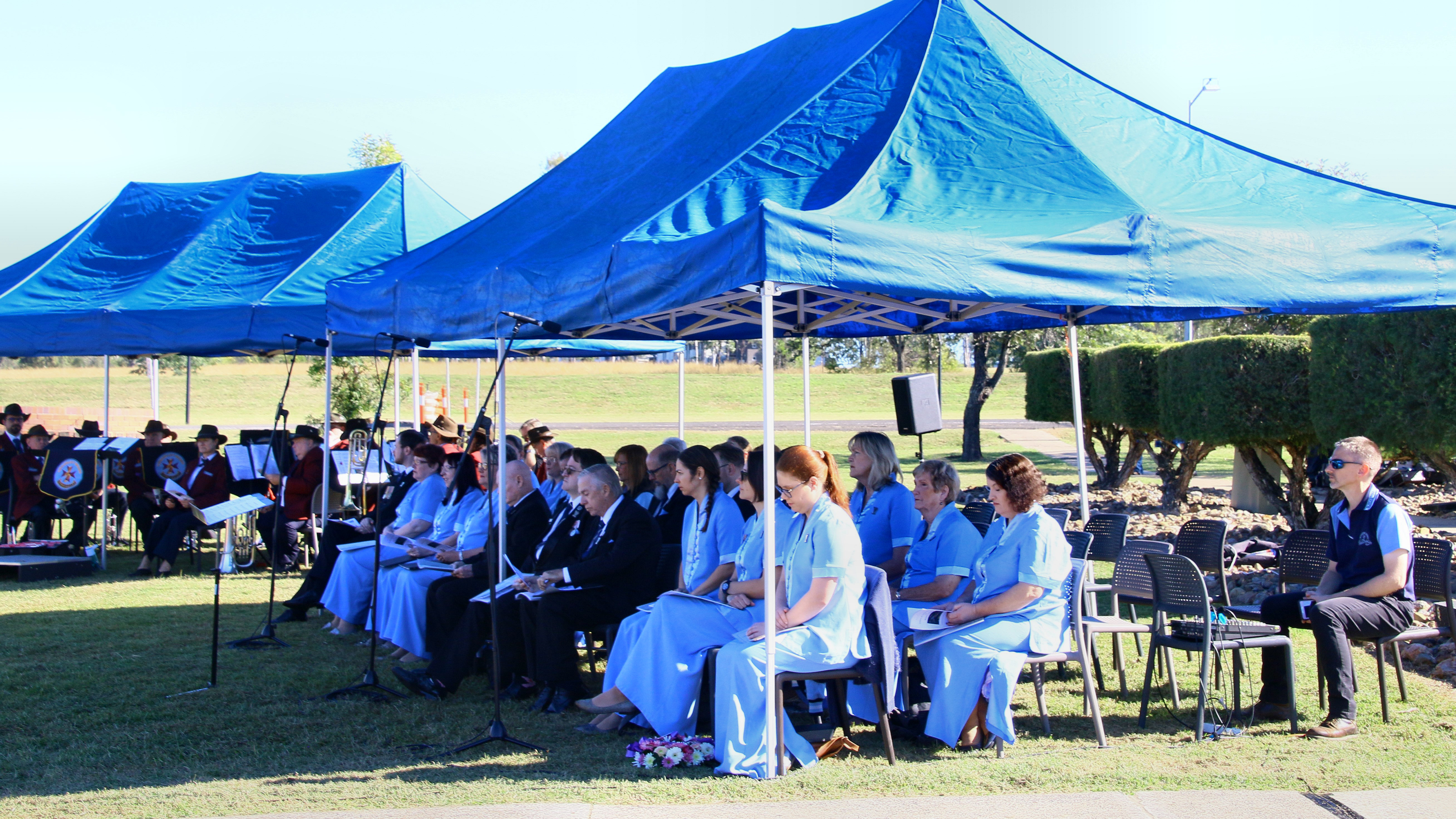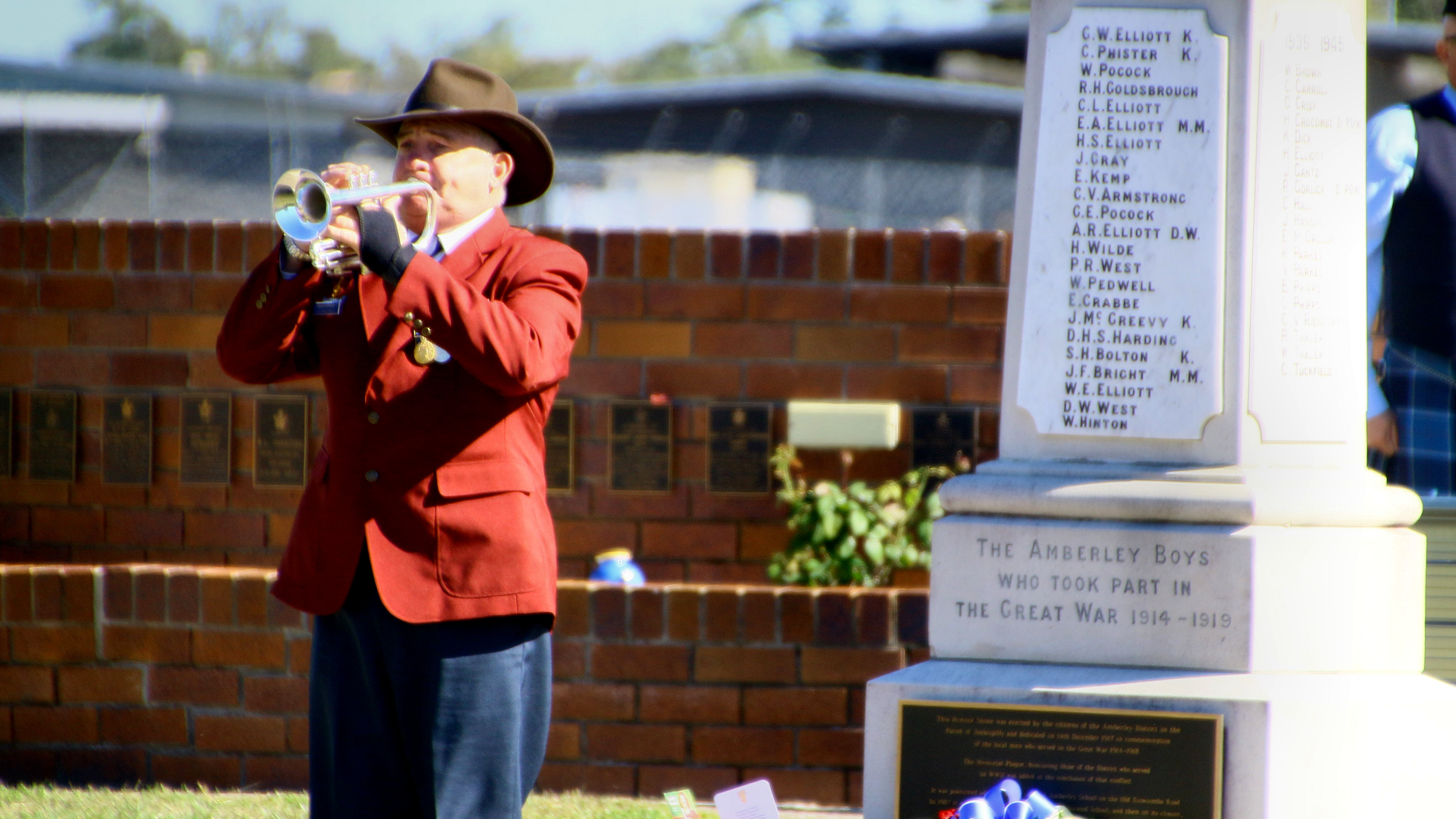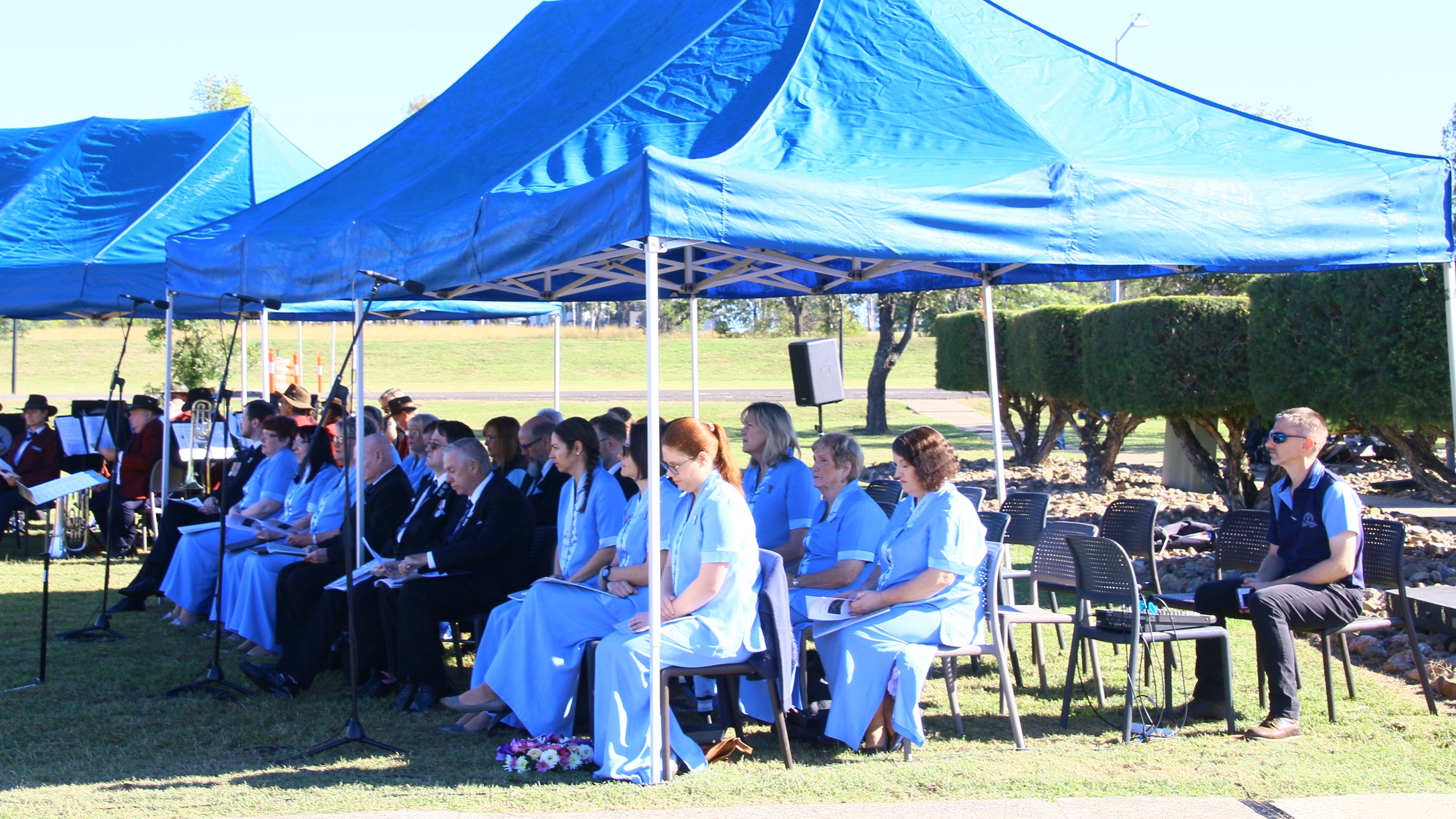
|
Vol 74 |
Page 13 |
Privacy Policy | Editorial Policy | Profit Policy | Join the Association | List of Members | Contact us | Index | Links
Back Go to page: 1 2 3 4 5 6 7 8 9 10 11 12 13 14 15 16 17 18 19 20 Forward
Some of the pics on this page are quite big - the page could take a few seconds to open fully
Contents:
School visit to RAAF Amberley.
Bomber Command Commemoration 2021.
Amberley.
During the Second World war, Britain’s Royal Air Force was divided into a number of functional and geographic commands in line with an organisation that had first been implemented in 1936
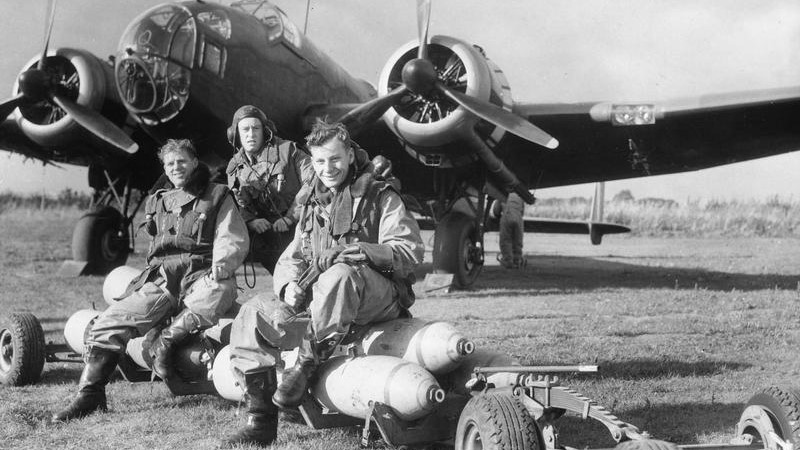
Bomber Command was based in Great Britain and was responsible for bombing targets in enemy controlled Europe. At the height of its operations in late 1944, Bomber Command comprised over 80 operational squadrons.
These squadrons were organised into several groups on the basis of their role, the type of aircraft they operated and the locations of the airfields from which they operated. In 1939 these groups were numbered 2-5 and by the end of the war Bomber Command comprised 1, 2, 3, 4, 5, 6 (Canadian), 8 (Pathfinder), 100 (Special Duties), and 91, 92 and 93 (Training) groups.
Approximately 10,000 RAAF personnel served with Bomber Command and sadly 3,486 were killed.
The Commemoration Service, which is organised by the Queensland University Squadron Branch of the Air Force Association, is held every year in June at RAAF Amberley, except for 2020 when due to the Covid virus, that service had to be cancelled.
This year, on the 6th June, although Covid restrictions were loosened considerably, numbers were still restricted to 200 persons.
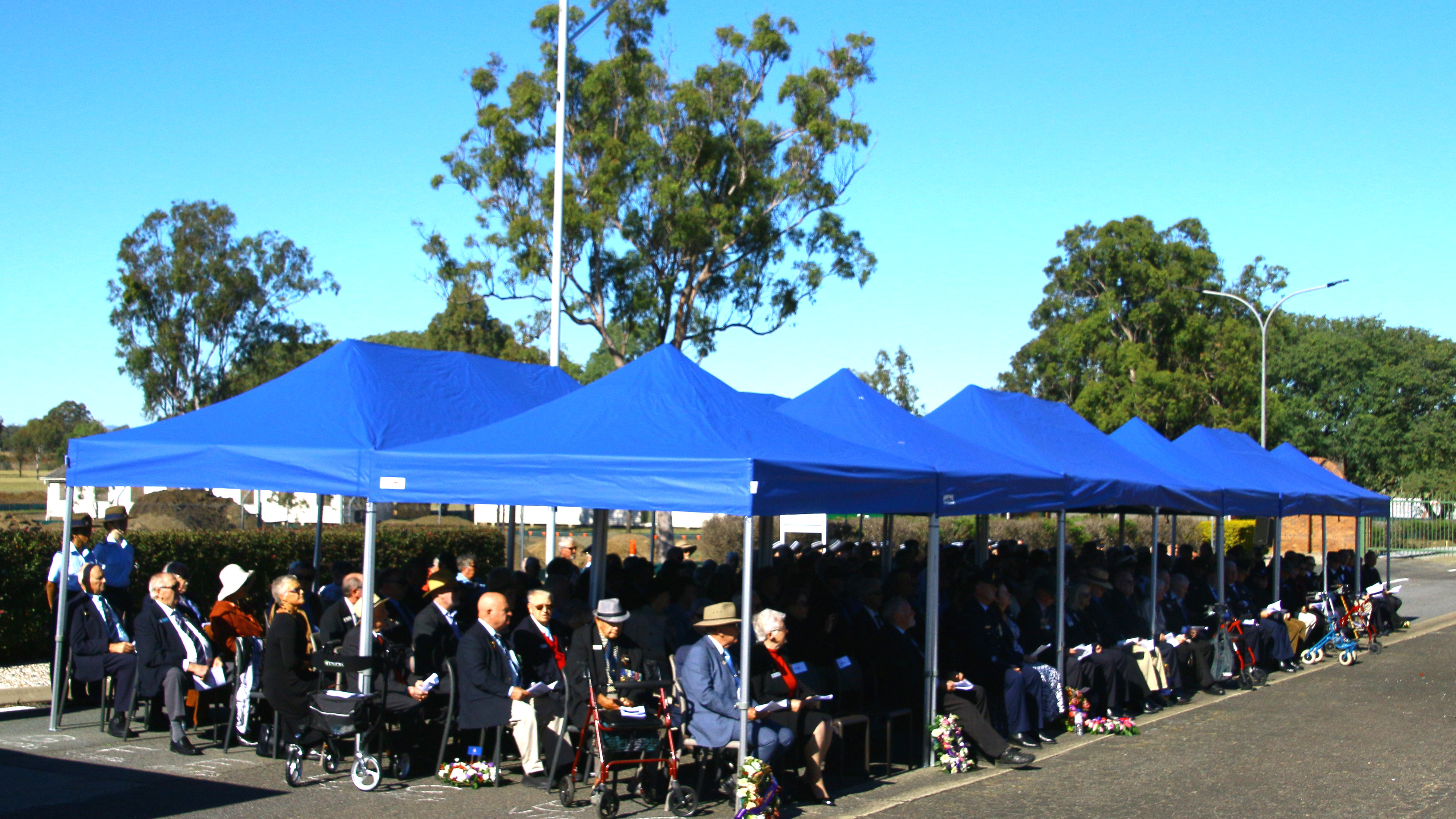
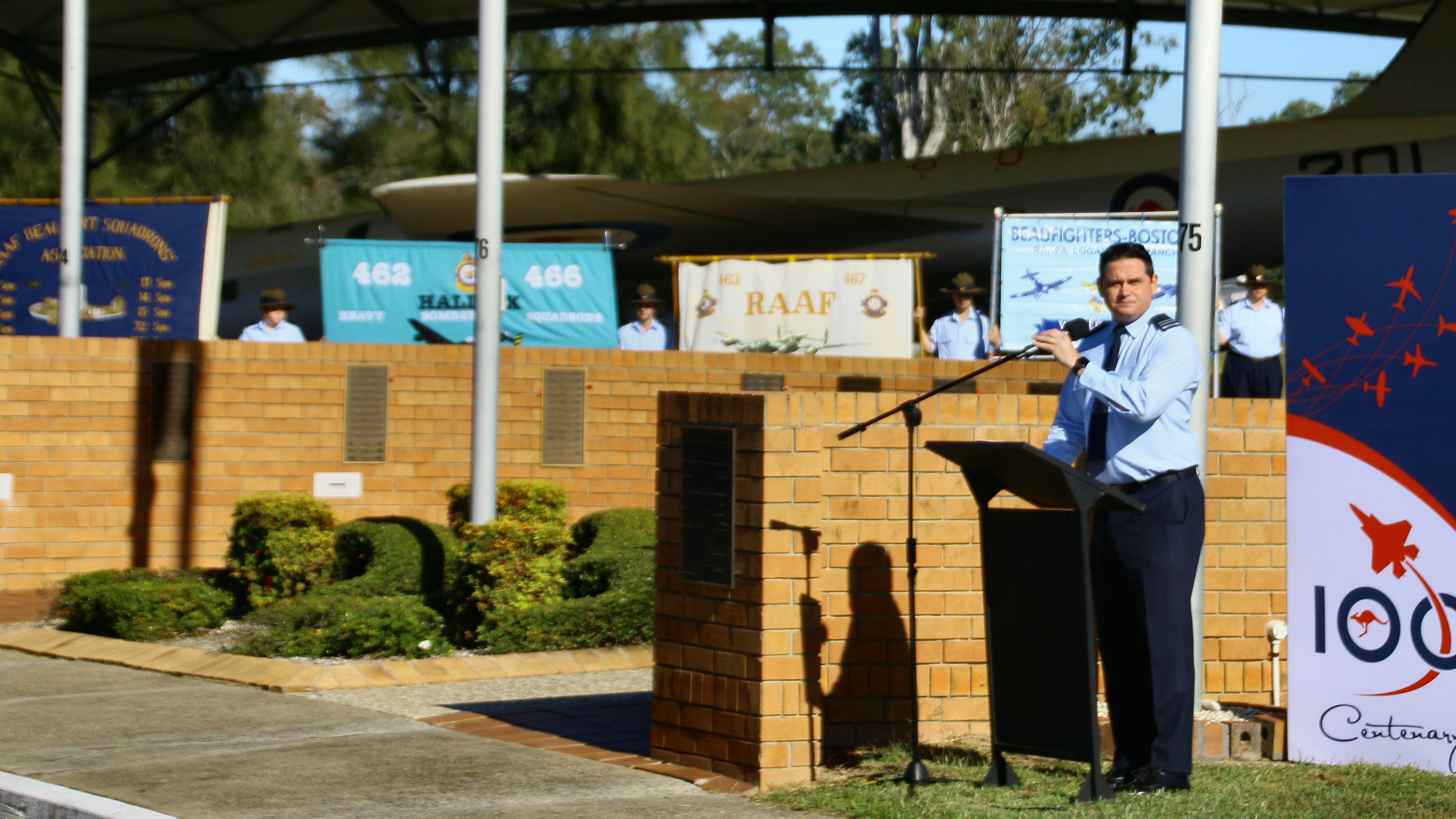
FltLt Greg Hinks, the OC of 208 Sqn of the Air Force Cadets was the Master of Ceremonies for the occasion and the ceremony got underway at about 10.00am under a lovely clear sky.
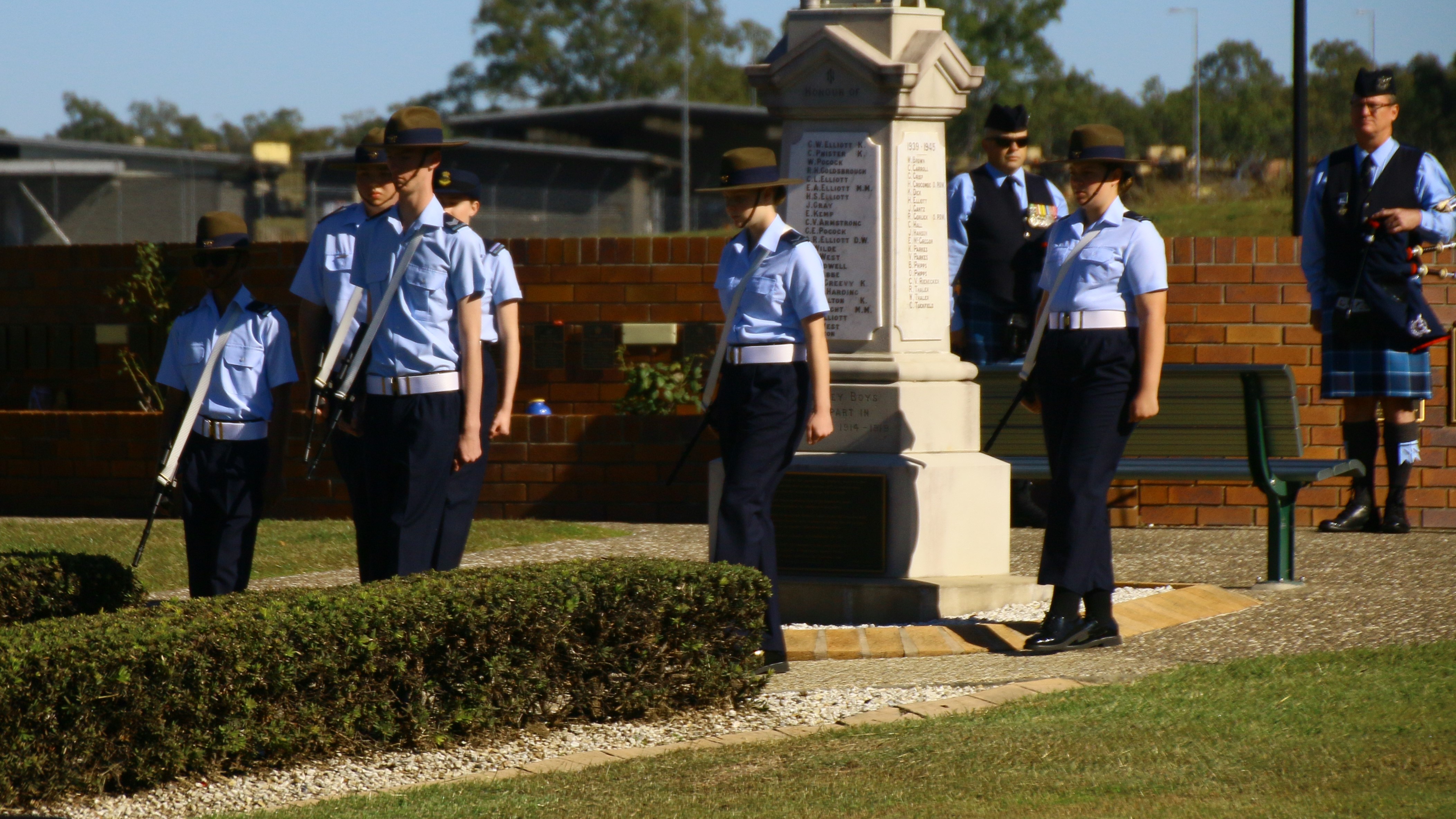
The Catafalque Party, which was comprised of Cadets from 208 Sqn, was marched on.
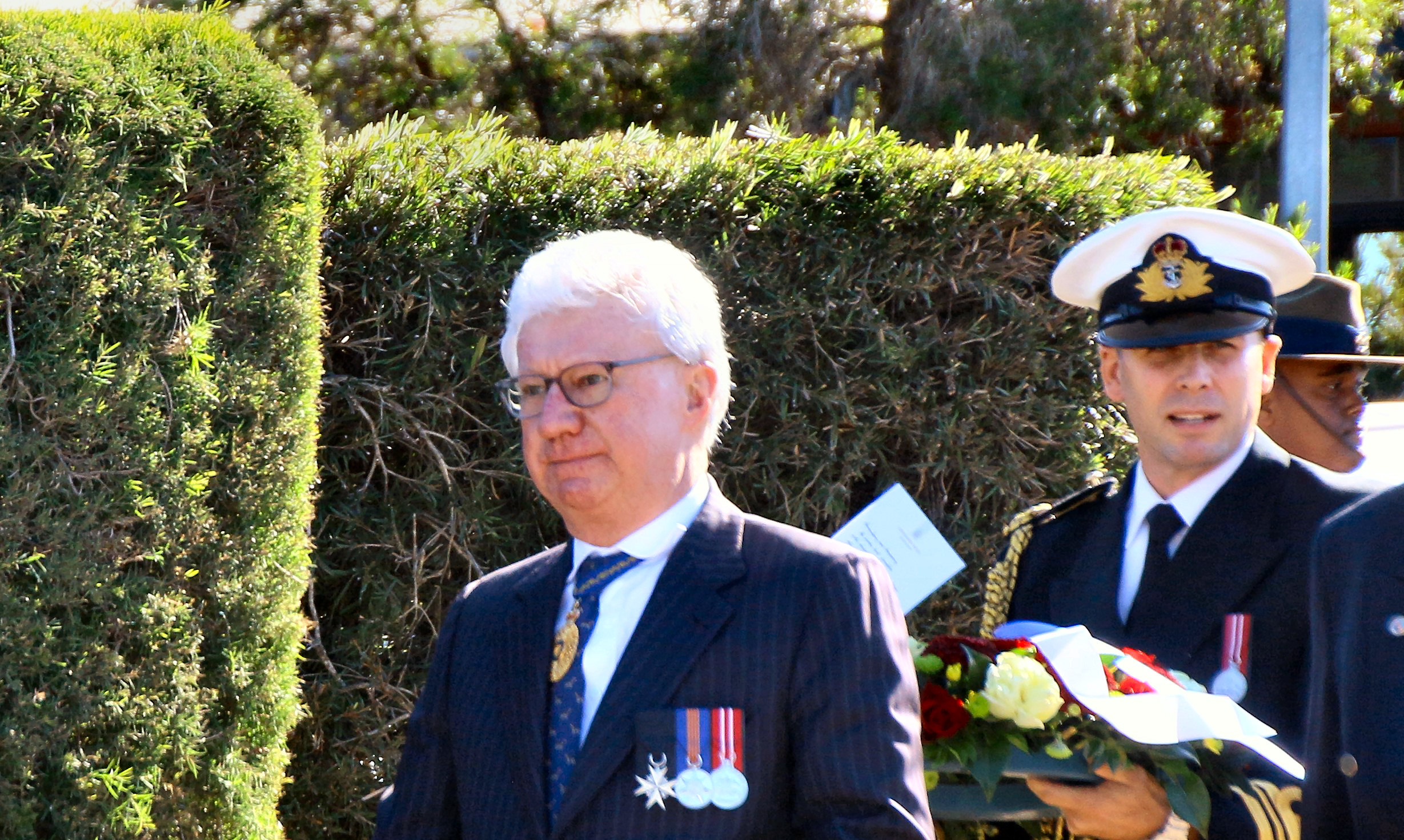
The Governor of Queensland, the Honourable Paul de Jersey AC was welcomed.
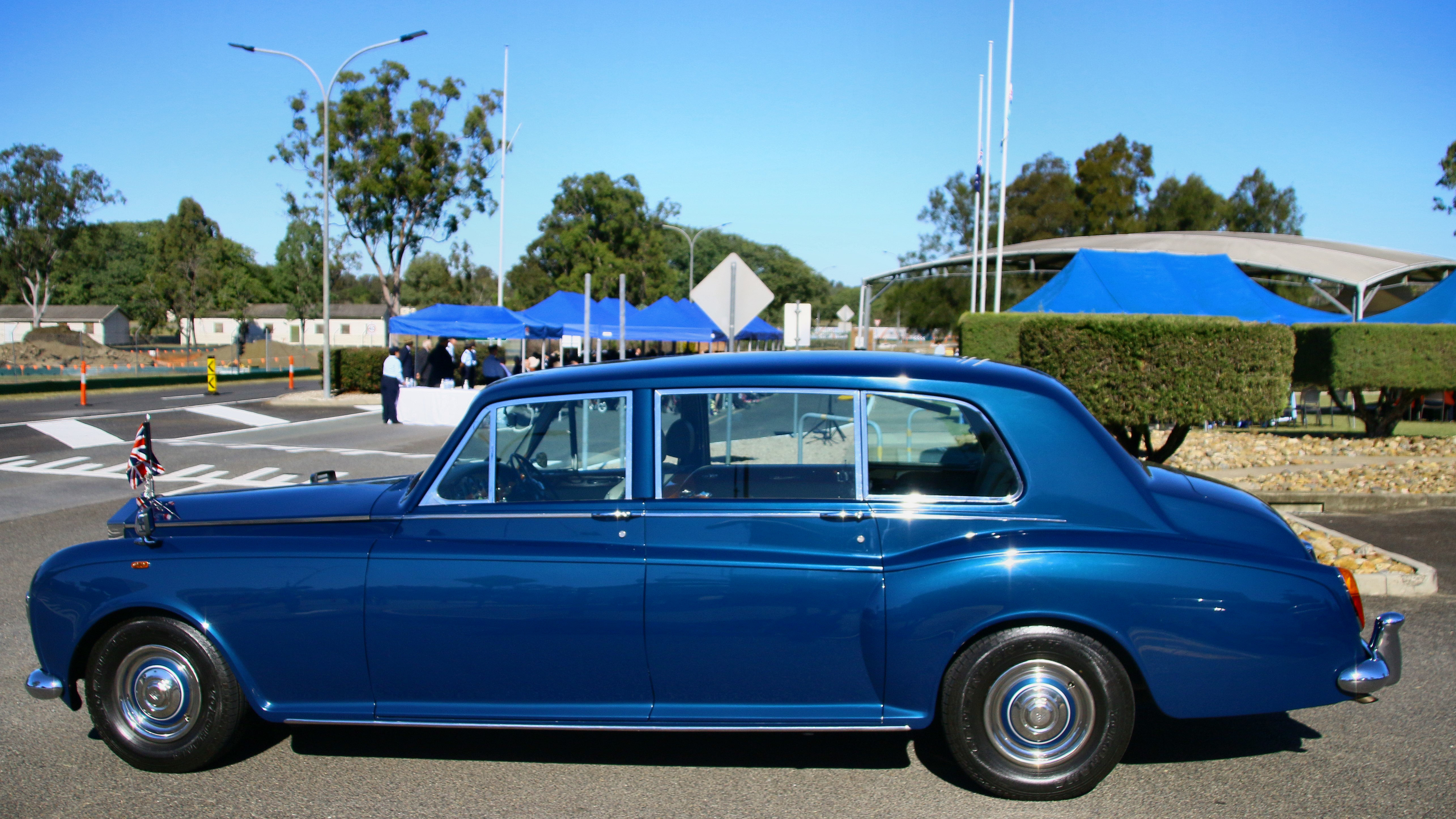
The Governor’s immaculate Rolls.
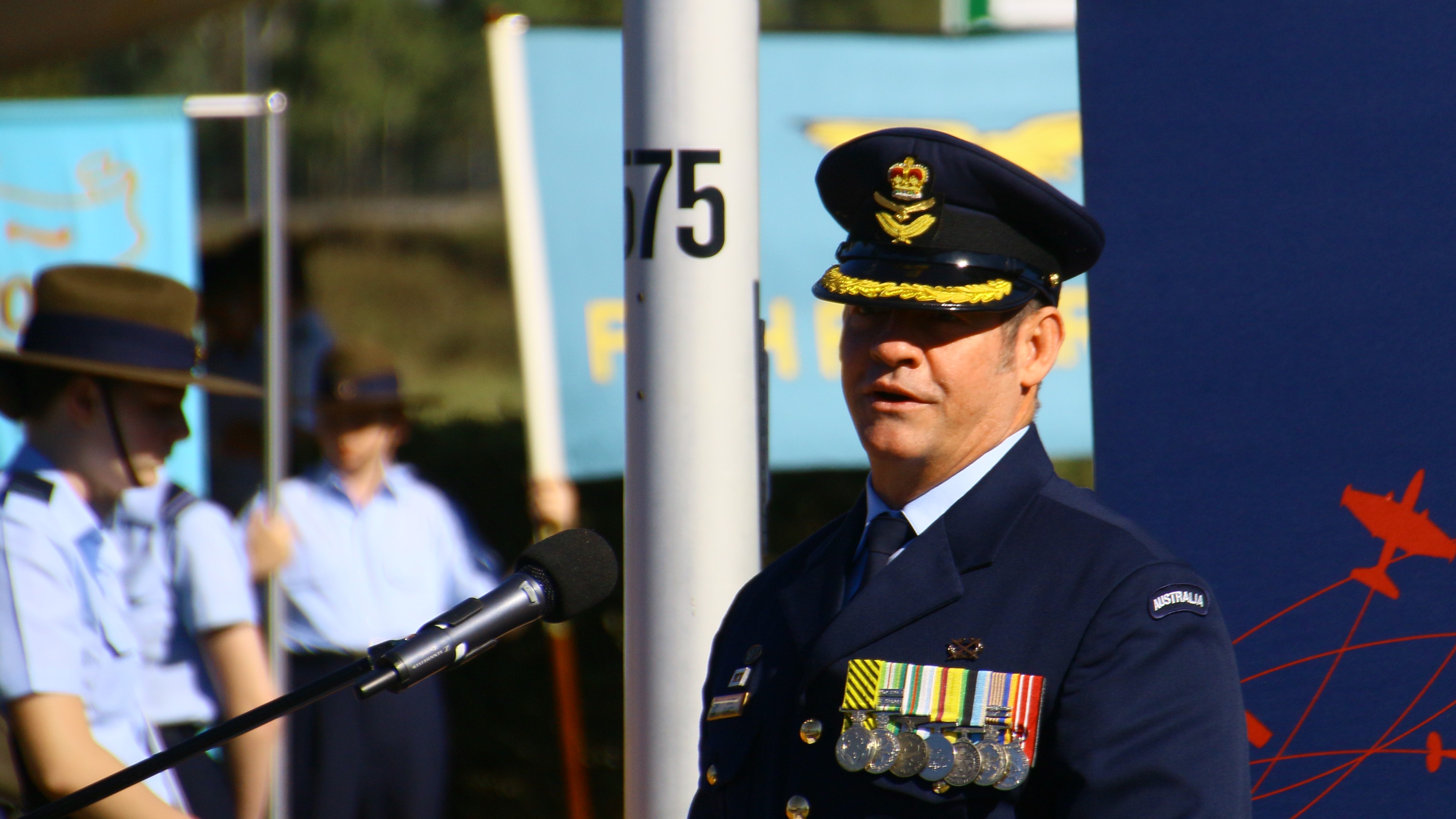
GpCapt Iain Carty CSM, the Senior ADF Officer at Amberley (The OC in the old money) gave the official welcome.
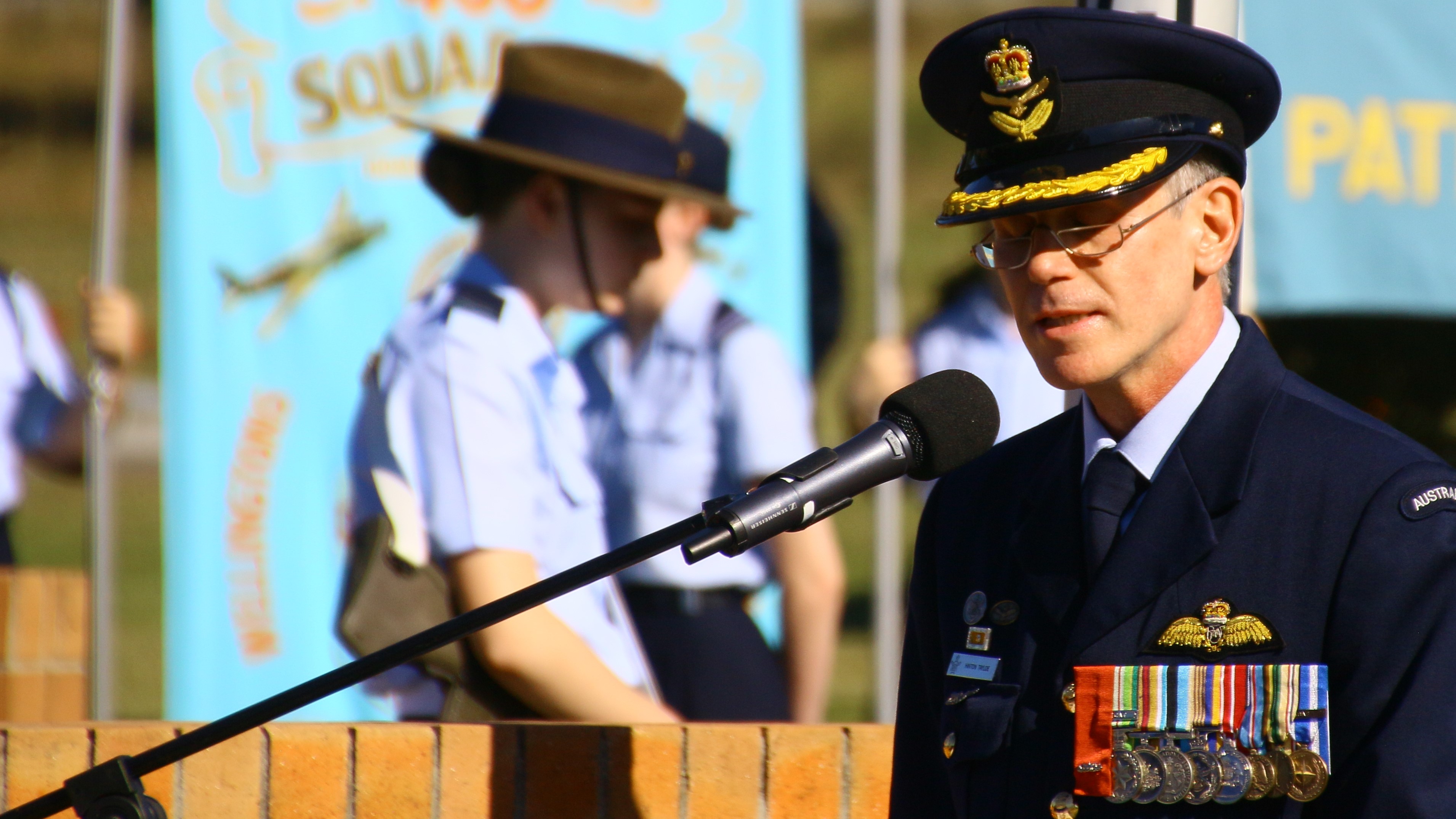
GpCapt Hinton Tayloe, the OC of 82 Wing, the strike and reconnaissance Wing of the Air Force which operates the F/A-18F Super Hornets and the PC-9 FAC aircraft, gave the commemorative address.
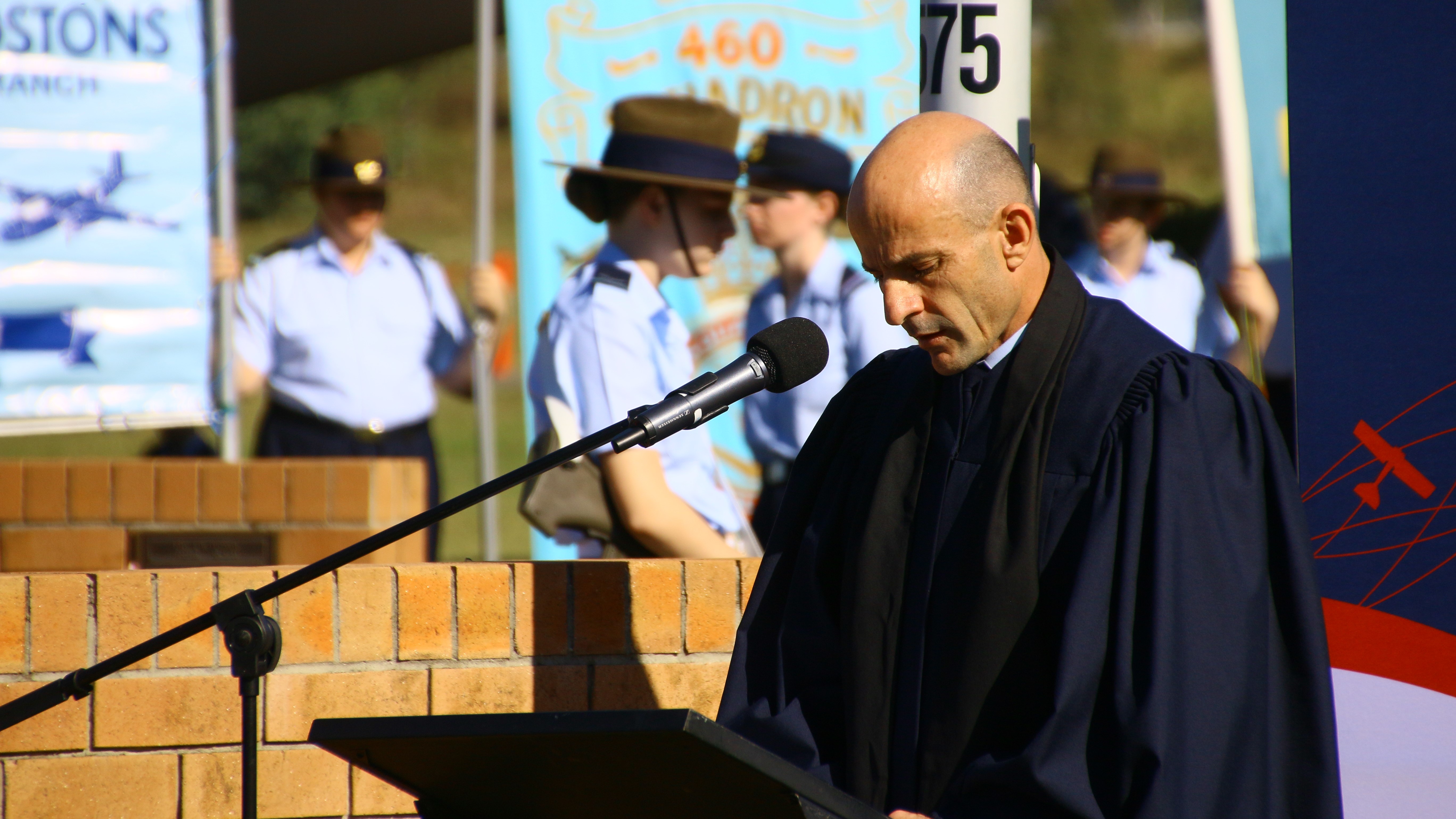
Chaplain Dan Bigg then led everyone in prayer.
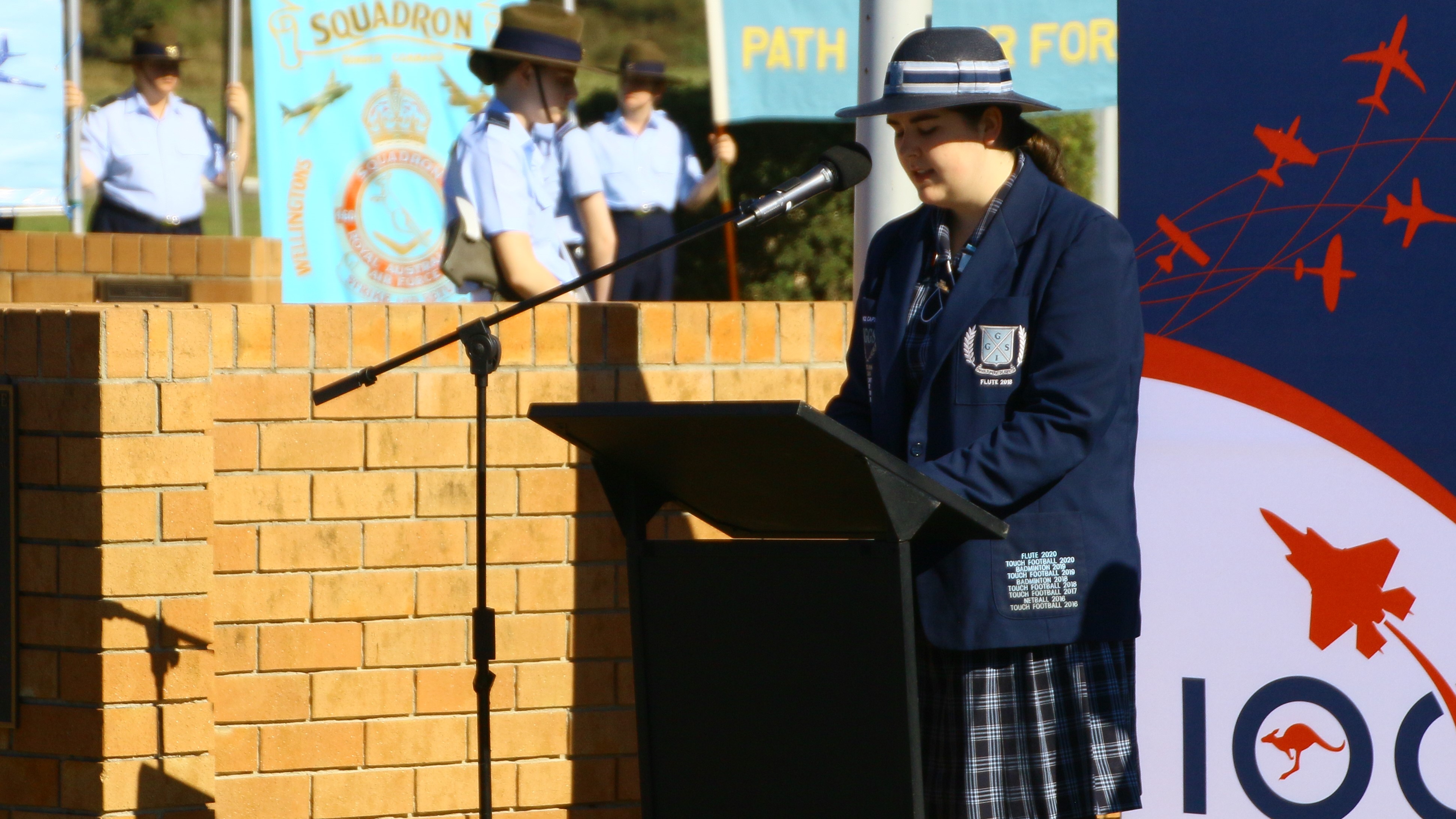
Elise Pratt, a young lady from Ipswich Grammar School, gave the second reading from the Gospel according to John, after which the members of the Blackstone-Ipswich Cambrian Choir , accompanied by the RAAF Amberley Brass band, sang the Air Force Hymn.
Click the pic above to hear the hymn.
FltLt Greg Hicks invited those that wished to so do, to lay a wreath in honour of the fallen.
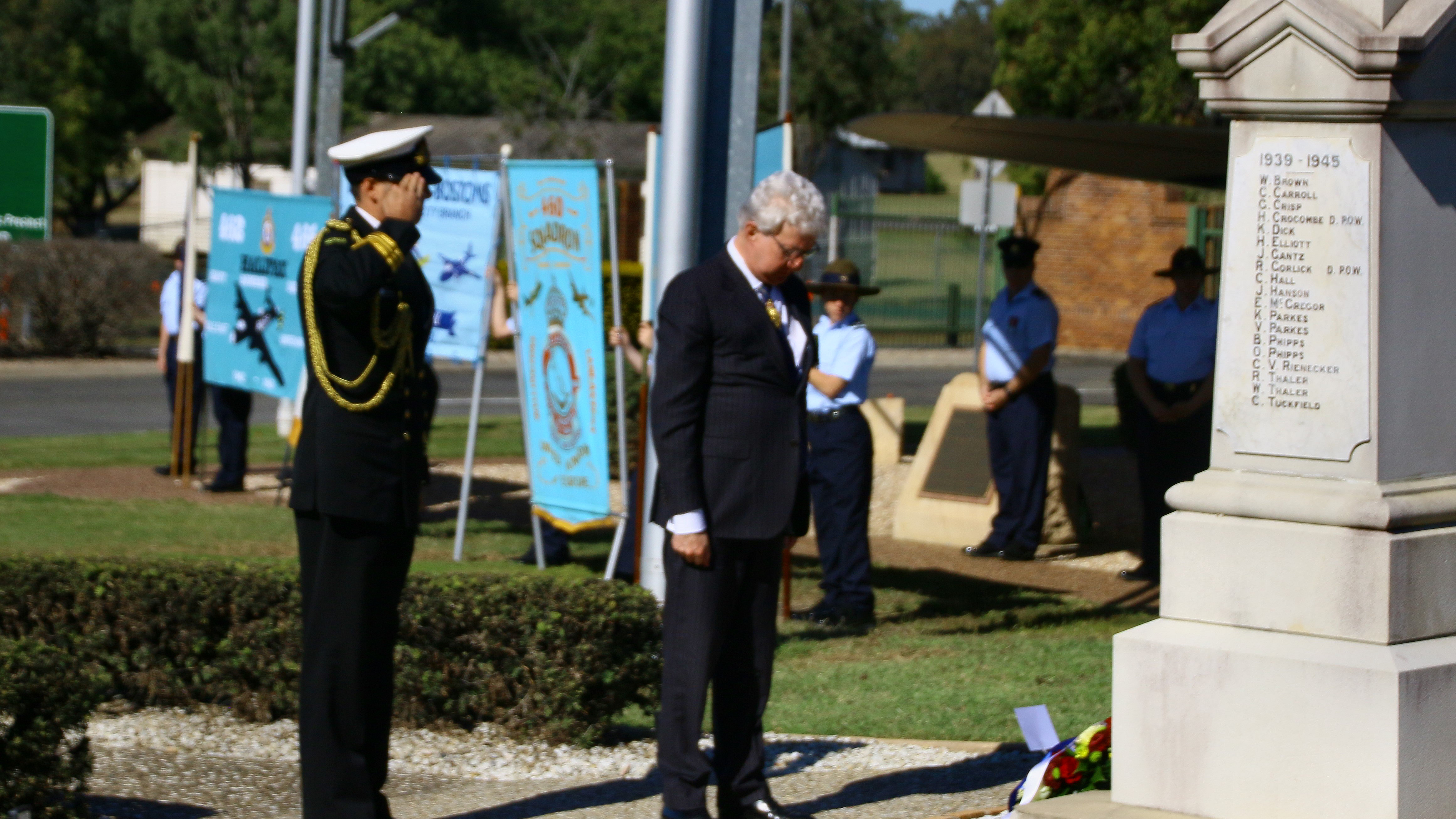
The Governor, Paul de Jersey, on behalf of the people of Queensland.
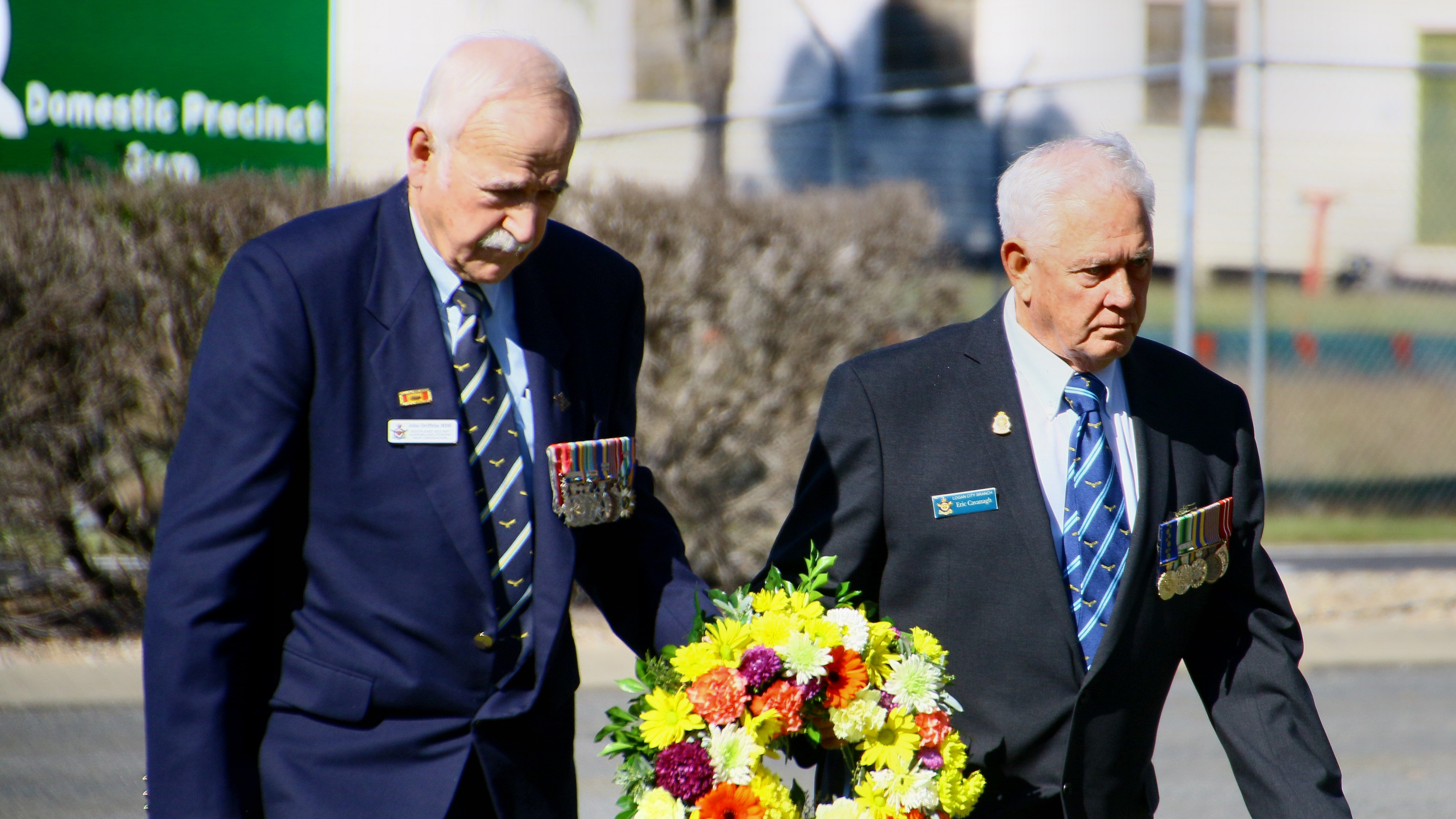
John Griffiths and Eric Cavanagh, on behalf of the Logan City Branch of the Air Force Association.
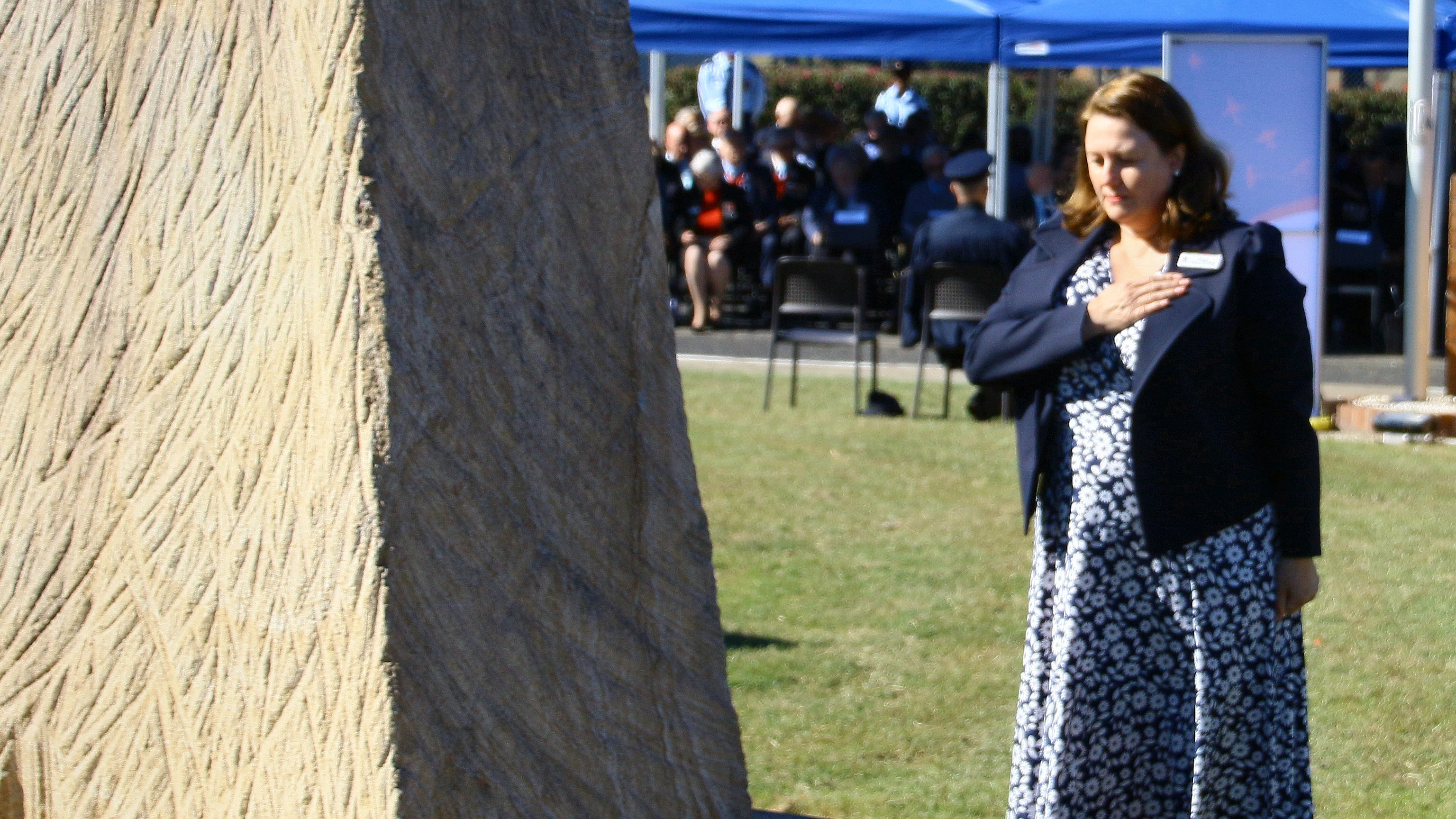
Teresa Harding, Mayor of Ipswich.
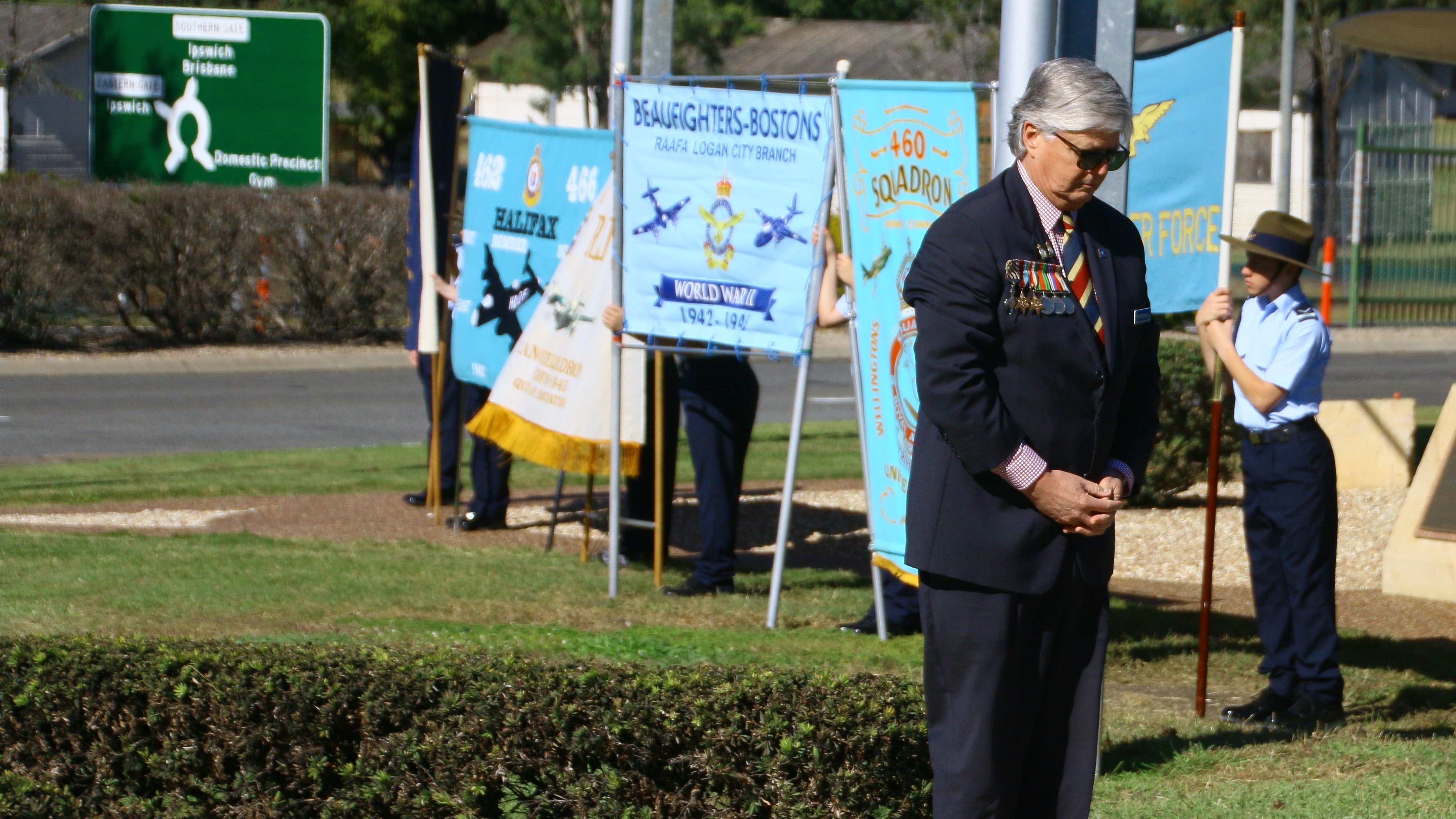
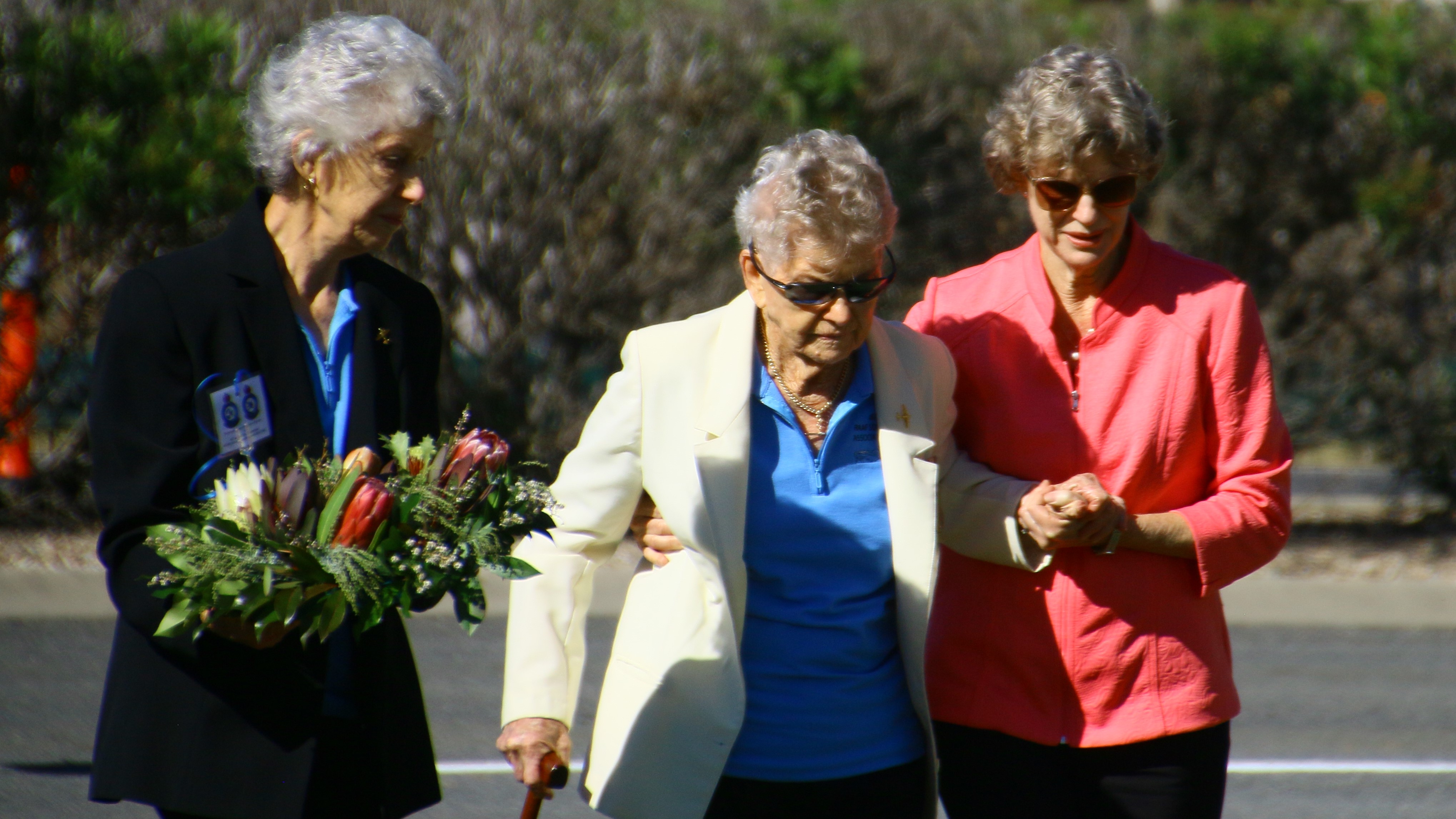
After the wreaths were laid, Beau Brebner, a year 12 student at Ipswich Grammar, read the Ode.
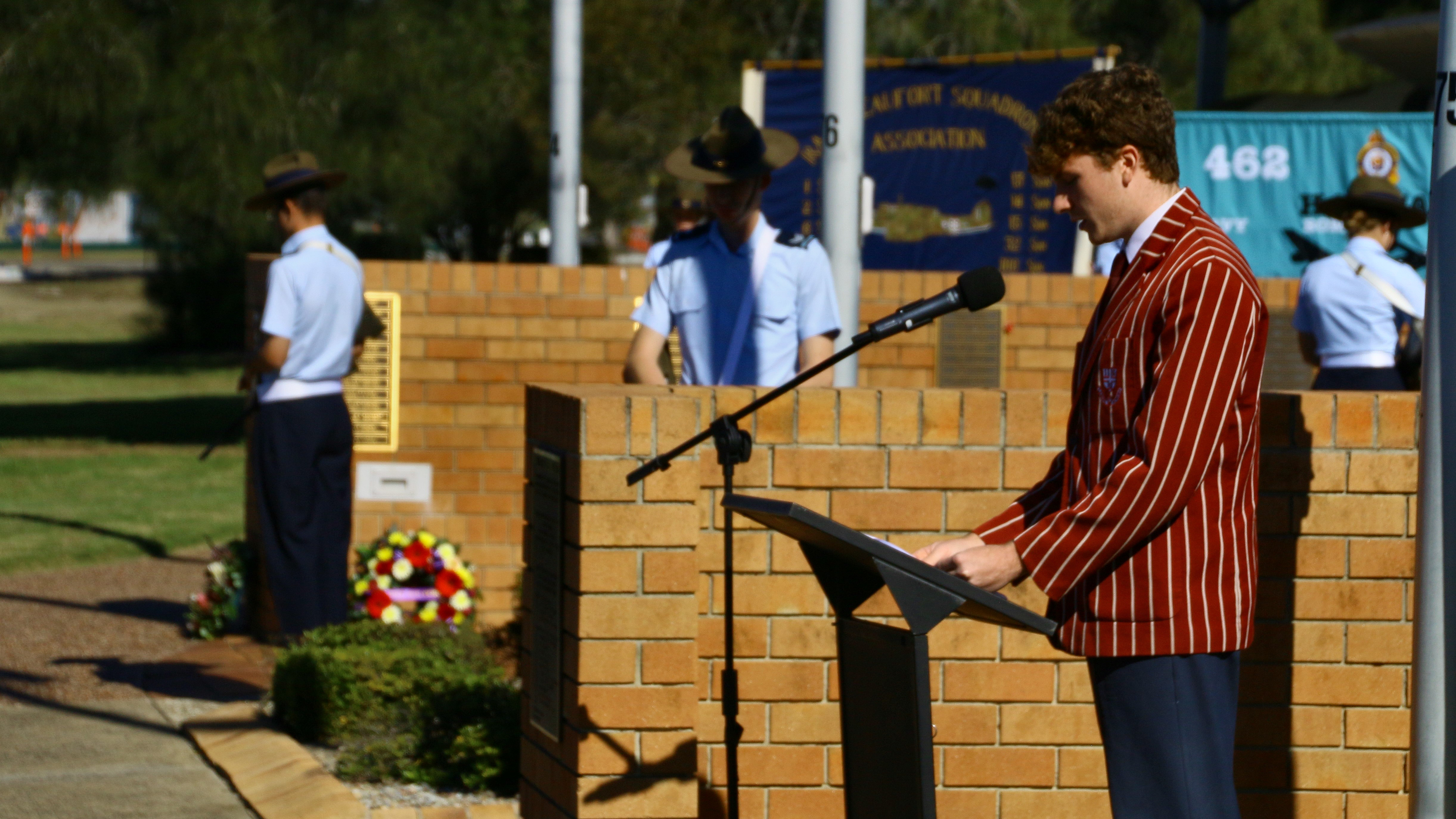
Beau Brebner
Steve Finch then played the Last Post , followed by 2 minute’s silence, followed by the Rouse. Click the pic to hear the Rouse.
This was followed by the choir singing the National Anthem.
Click the pic to hear the Anthem.
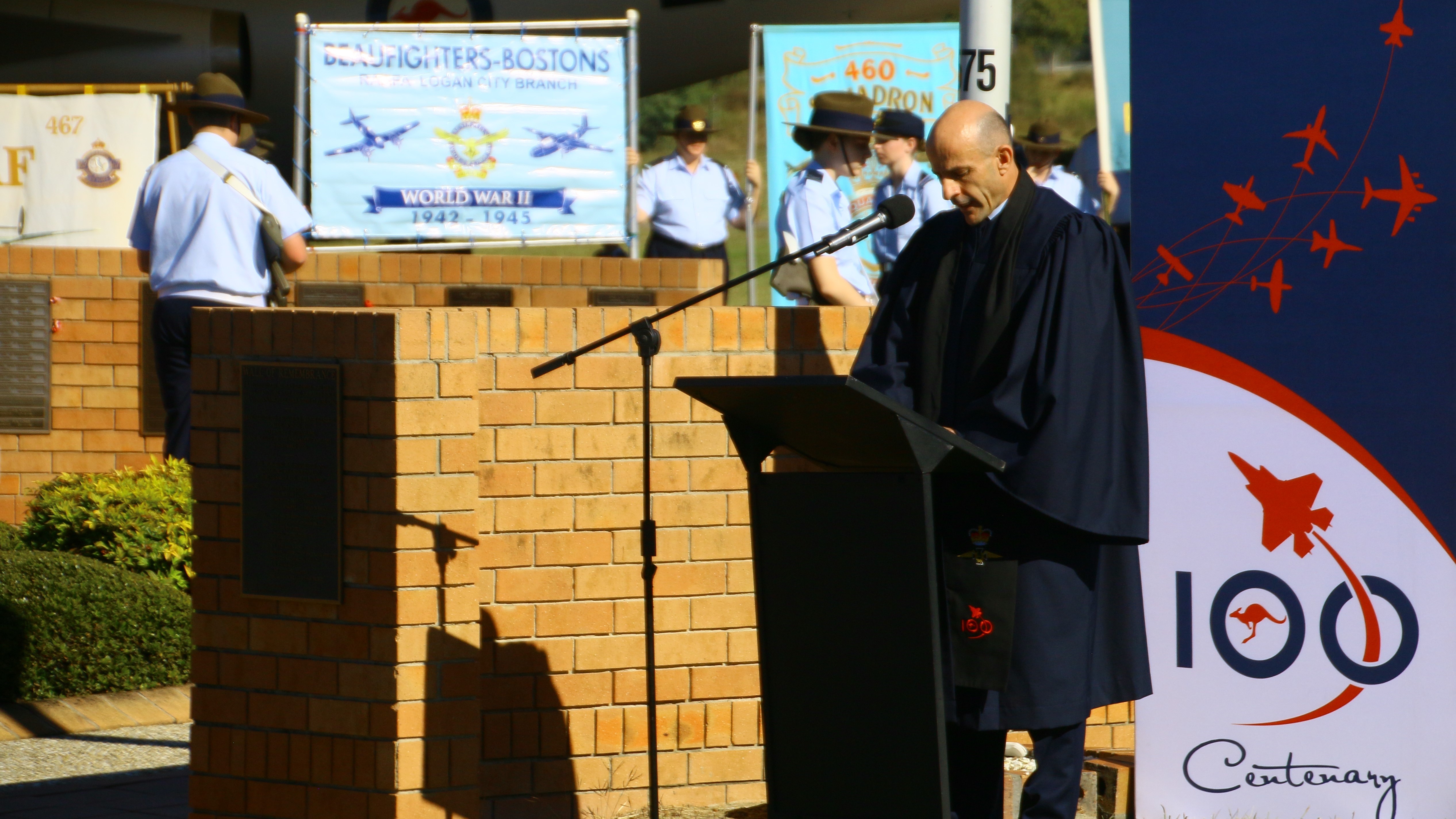
Chaplain Dan Bigg led everyone in a final benediction.
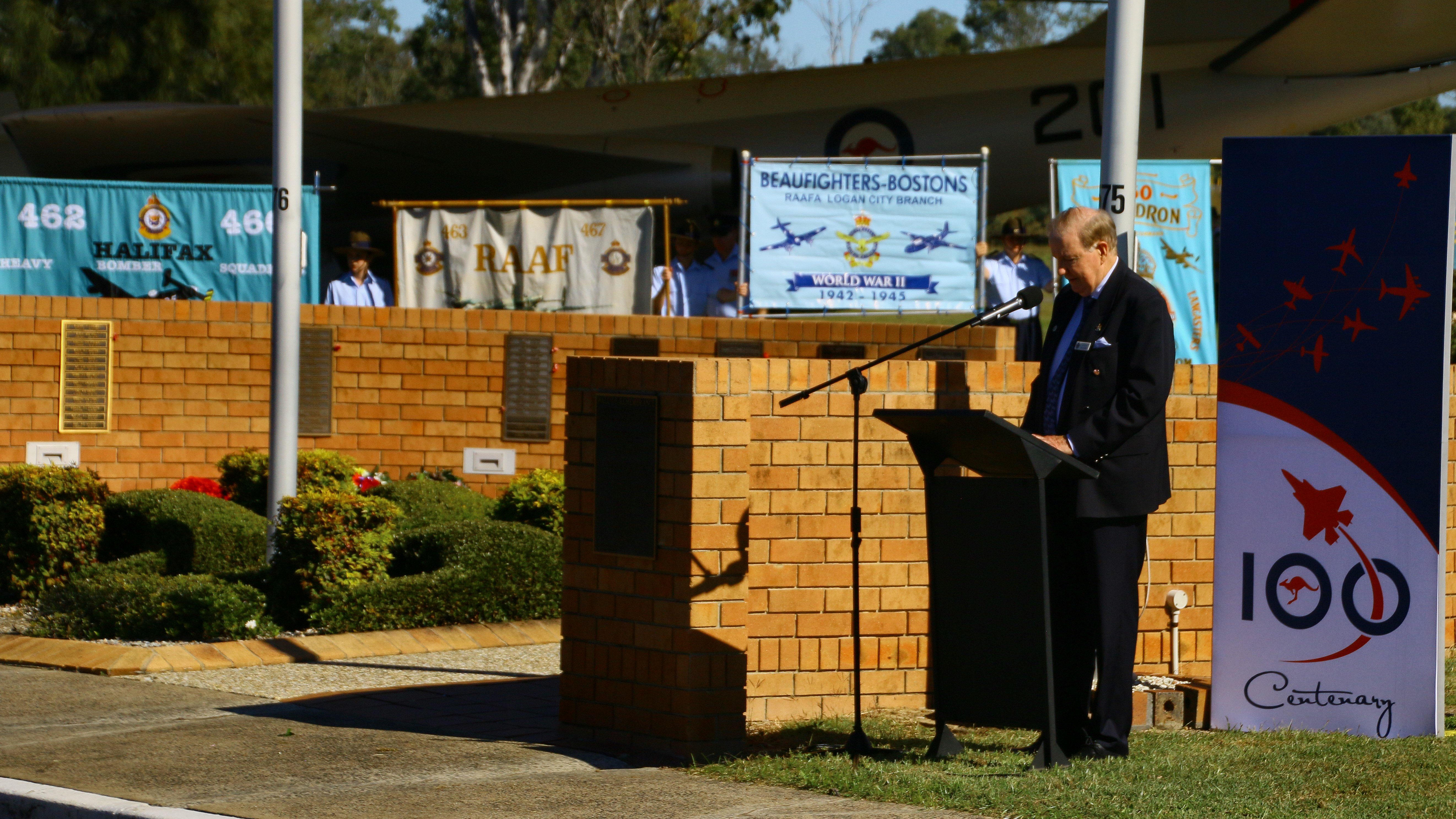
Ken Lambert, the President of the Qld University Squadron branch of the RAAF Association, thanked everyone for coming to the Commemoration and acknowledge and thanked those that had given their invaluable support to the service.
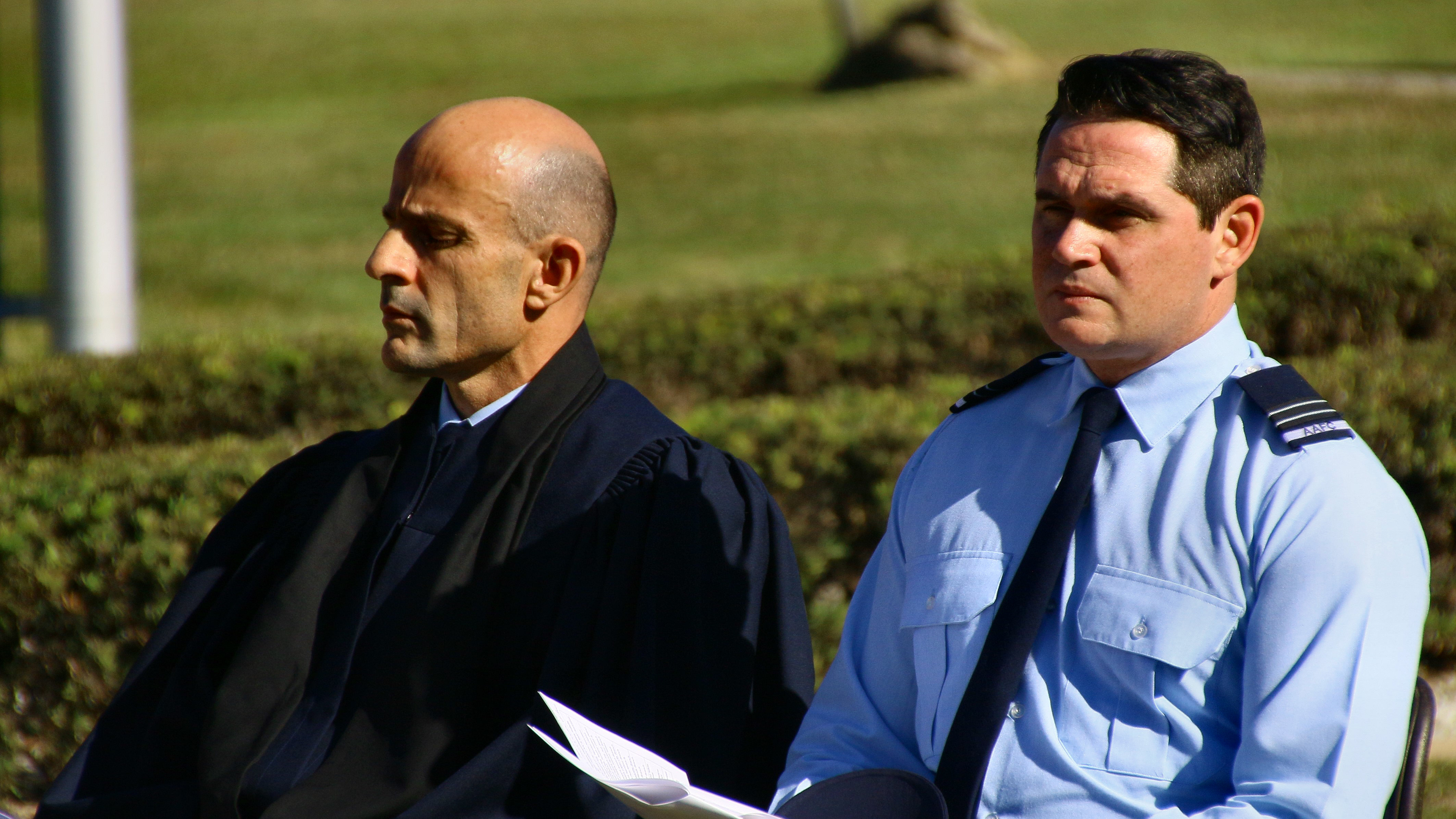
Captain Dan Bigg, FltLt Greg Hicks.
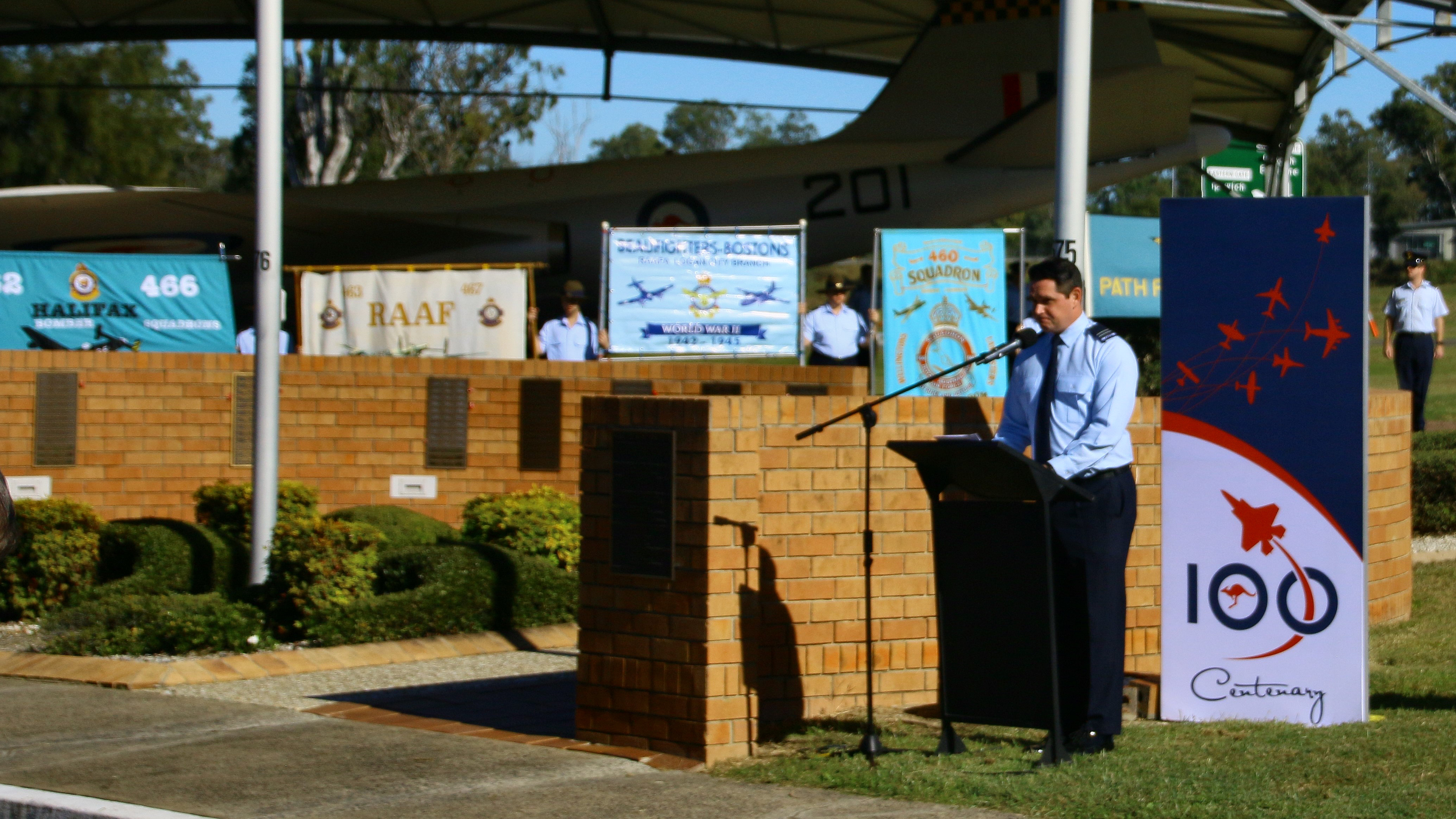
Greg Hicks then declared the Commemoration concluded and invited everyone down to the Heritage Centre for refreshments.
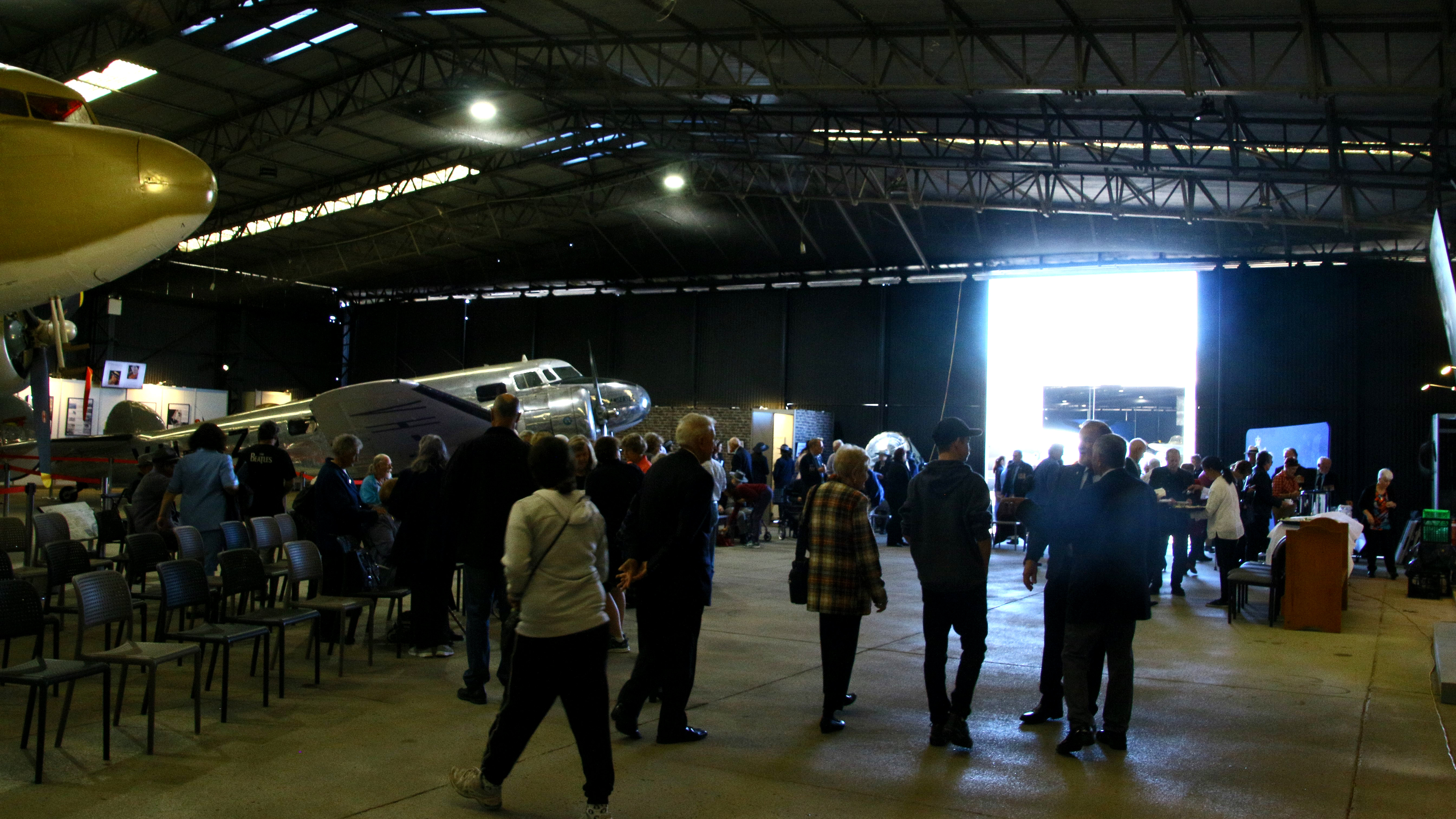
In one of the Heritage Centre hangars.
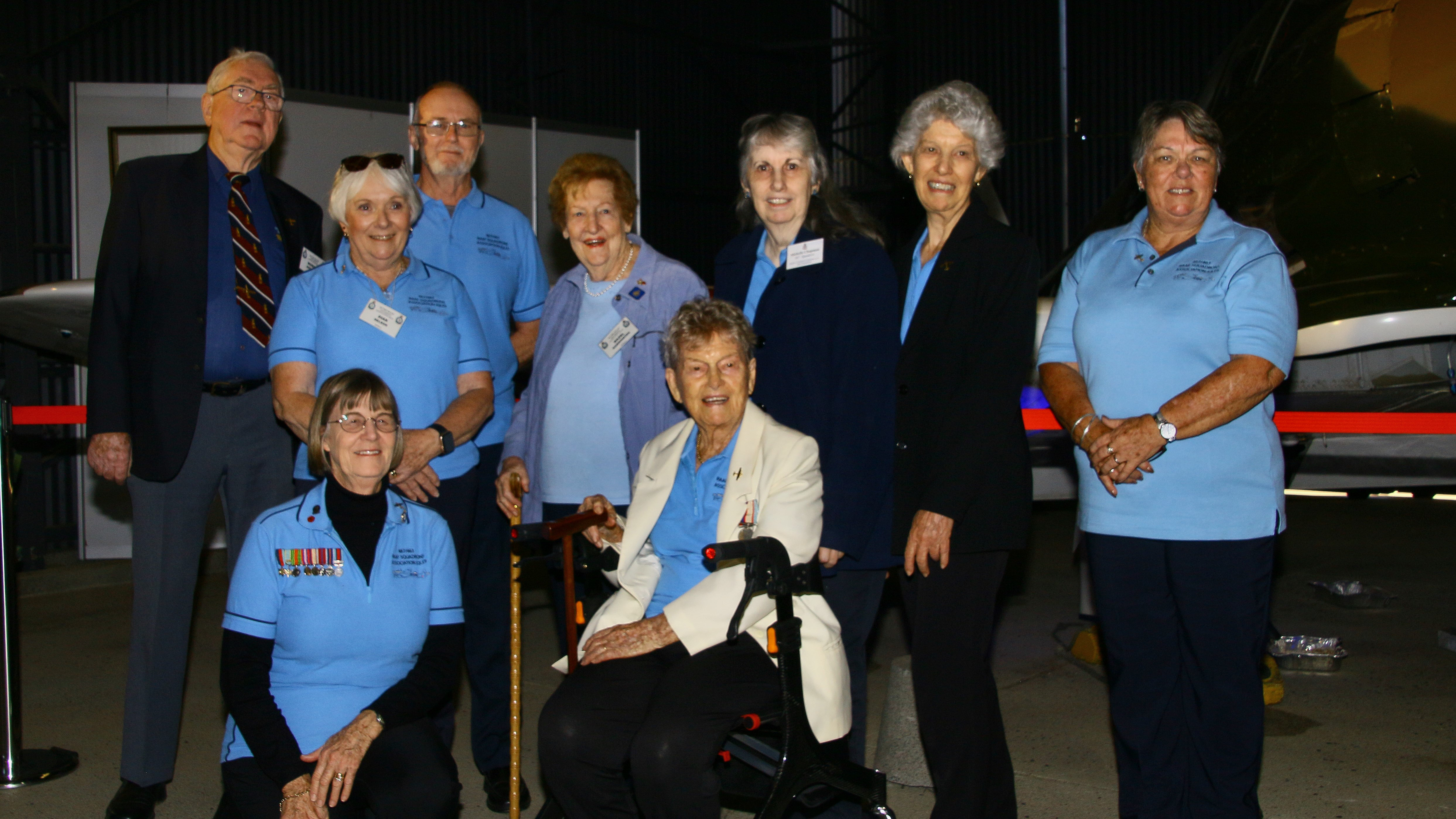
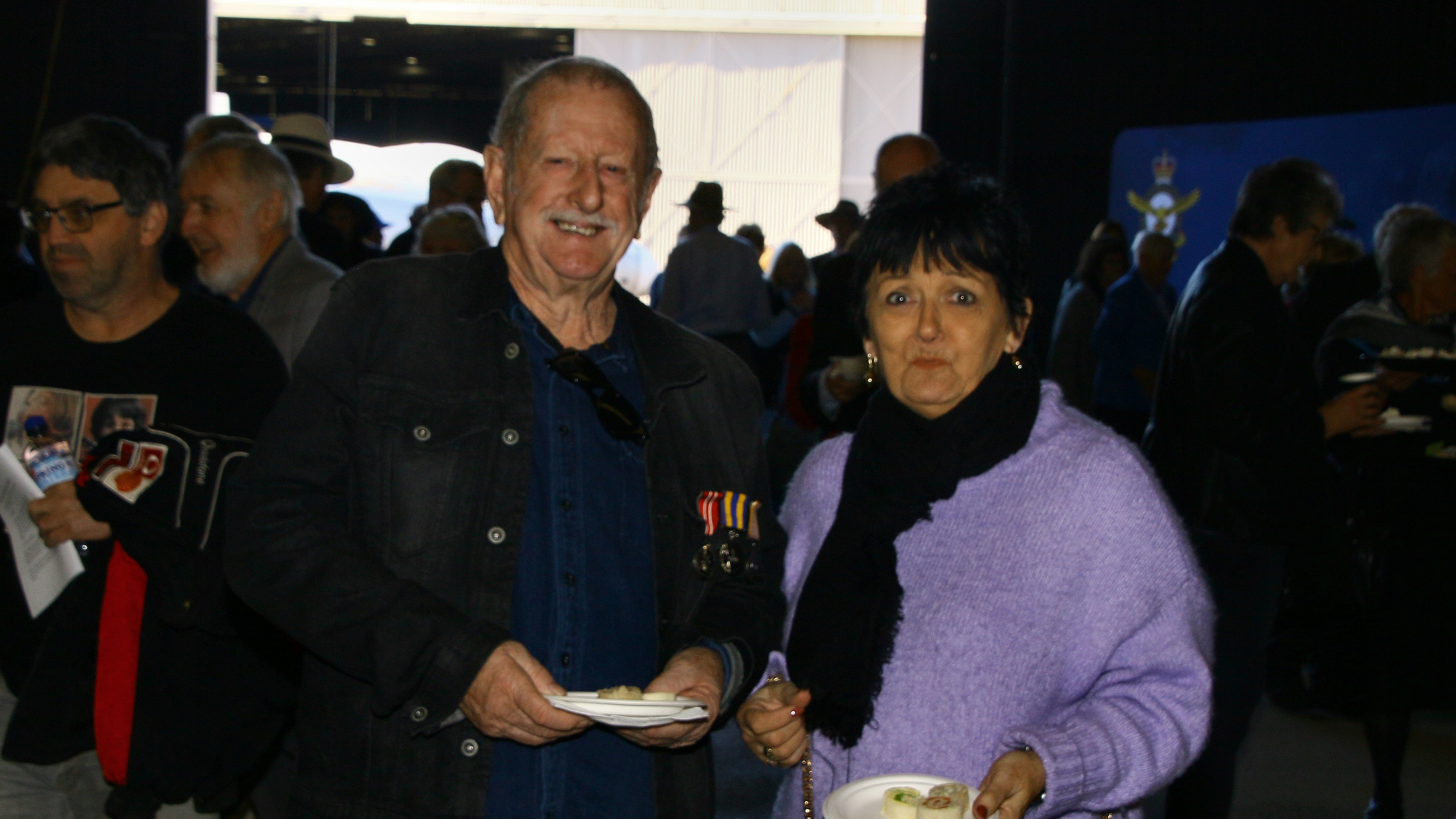
Wayne and Suzy Smith enjoying the after ceremony snacks.
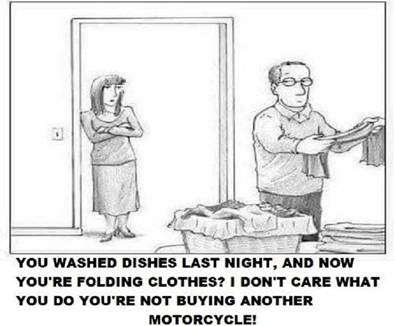
Students to Amberley.
On the 29th April, the Kedron Wavell RSL Sub-Branch took a total of ten Year 12 students from Mount Alvernia College, Kedron State High, Wavell State High, Padua College and Craigslea State High on a tour of the Aviation Heritage centre at RAAF Amberley.
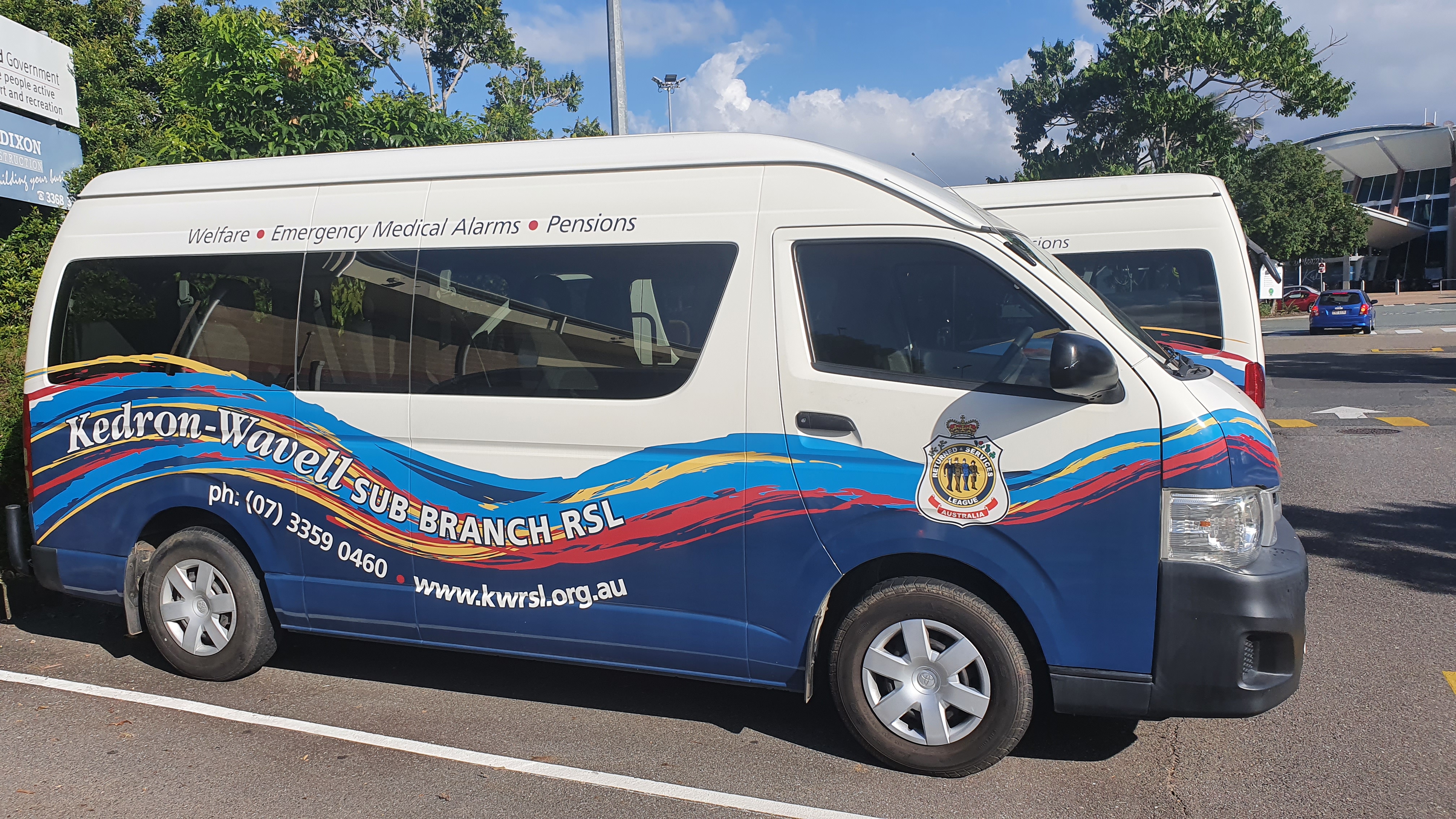
Everyone boarded the bus out the front of the Kedron Wavell Service Club at 7.30am for the early morning hour long trip out to Amberley.
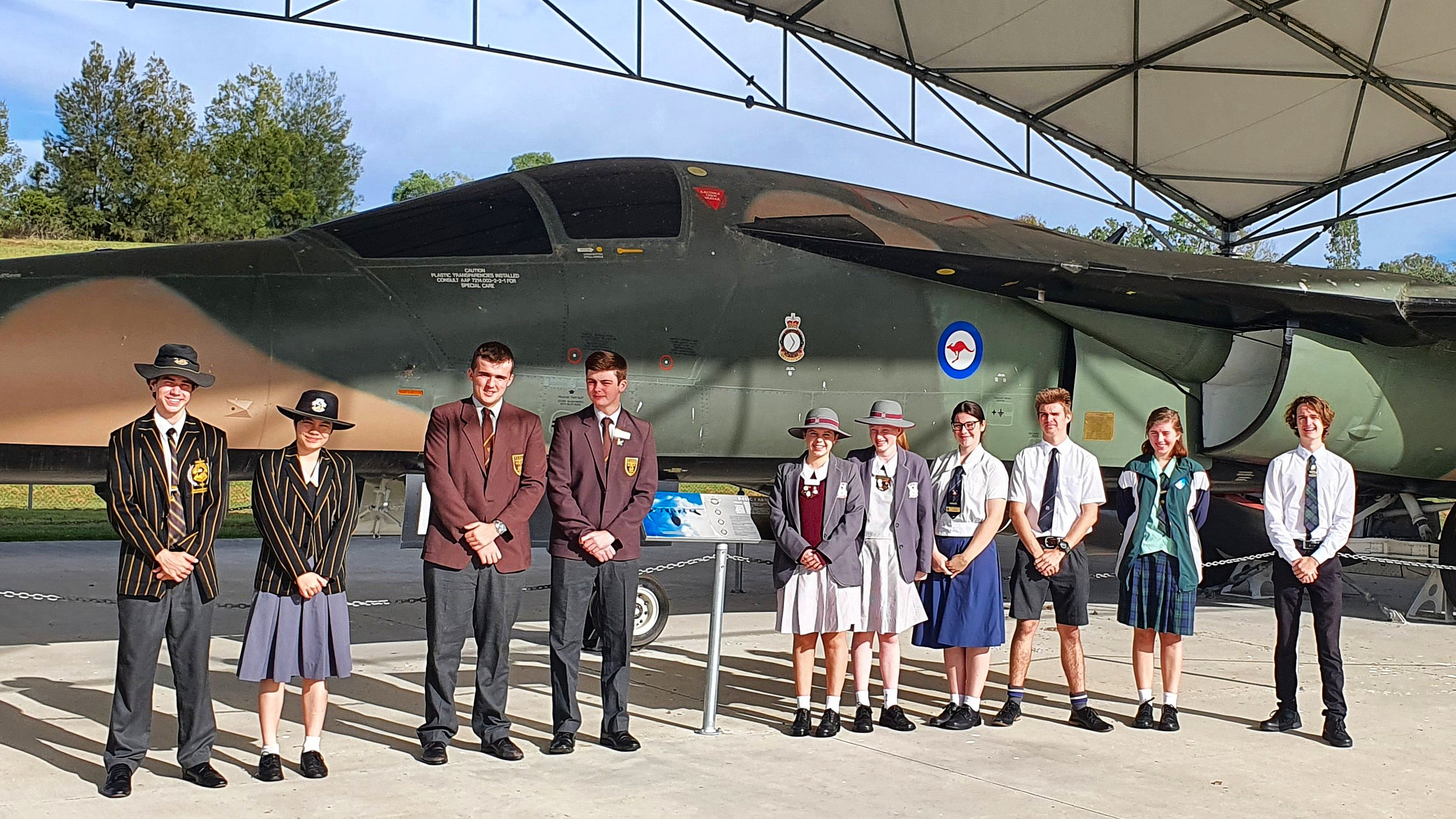
On arrival at Amberley, and before beginning the arduous and unfortunately necessary indoctrination process to enter the base, the students were fascinated by being able to get up close and personal to one of the RAAF’s retired F-111s. Although now 57 years old, having first flown in 1964, back when the EH Holden was a new car, the F-111 is still a magnificent looking aircraft.
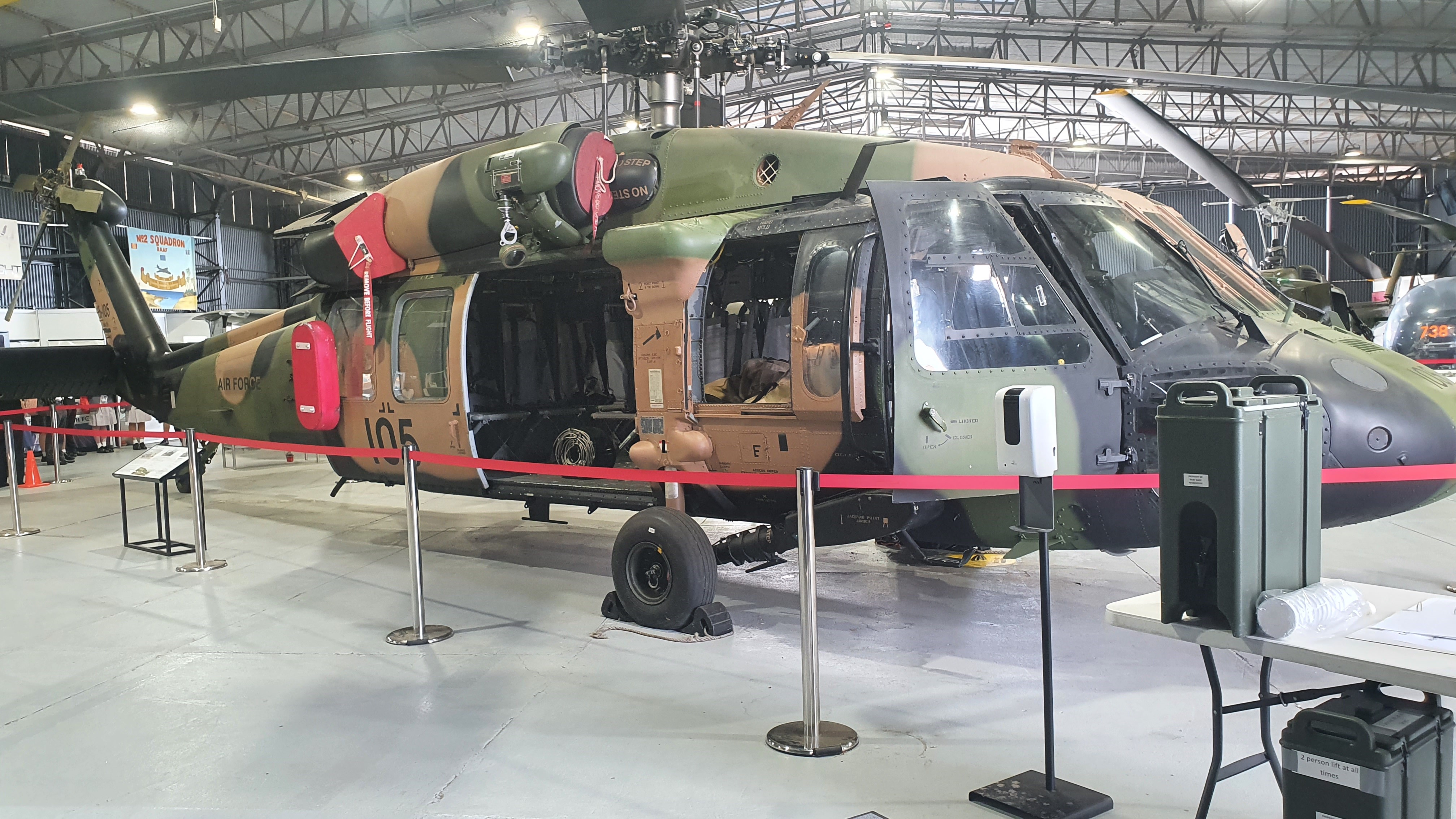
The Blackhawk helicopter.
Based on its experience in Vietnam in the late 1960s, the United States Army began developing requirements for a helicopter to replace the UH-1 Iroquois that had significant performance, survivability and reliability improvements. The Blackhwk’s first prototype, YUH-60A, flew on 17 October 1974 and entered US Army service in June 1979. Some important improvements over the Iroquois other than performance were:
-
being able to carry a full Army squad of 11 with their kit vs 9 with limited kit,
-
two engines vs one,
-
quieter,
-
more armour,
-
wheels instead of skids, and
-
folding up to fit into a C-130, the same space as an Iroquois.
During February 1988, No. 9 Squadron began re-equipping with S-70A Blackhawk helicopters at RAAF Amberley to replace its fleet of Iroquois helicopters. The first eight helicopters were assembled under licence by Hawker de Havilland at Bankstown, New South Wales and delivered to the RAAF. These eight helicopters were in service with the RAAF until the Squadron disbanded on 14 February 1989 when the Squadron’s aircrew and aircraft were then used to form ‘A’ Squadron of the Australian Army’s 5th Aviation Regiment at Townsville. The remaining helicopters on order were subsequently delivered direct to the Army.
From 1989 to 2019, the Army operated 39 Blackhawk helicopters, which could cruise at 145kt and had a range of 600km. The last Blackhawk was withdrawn from service in December 2019.
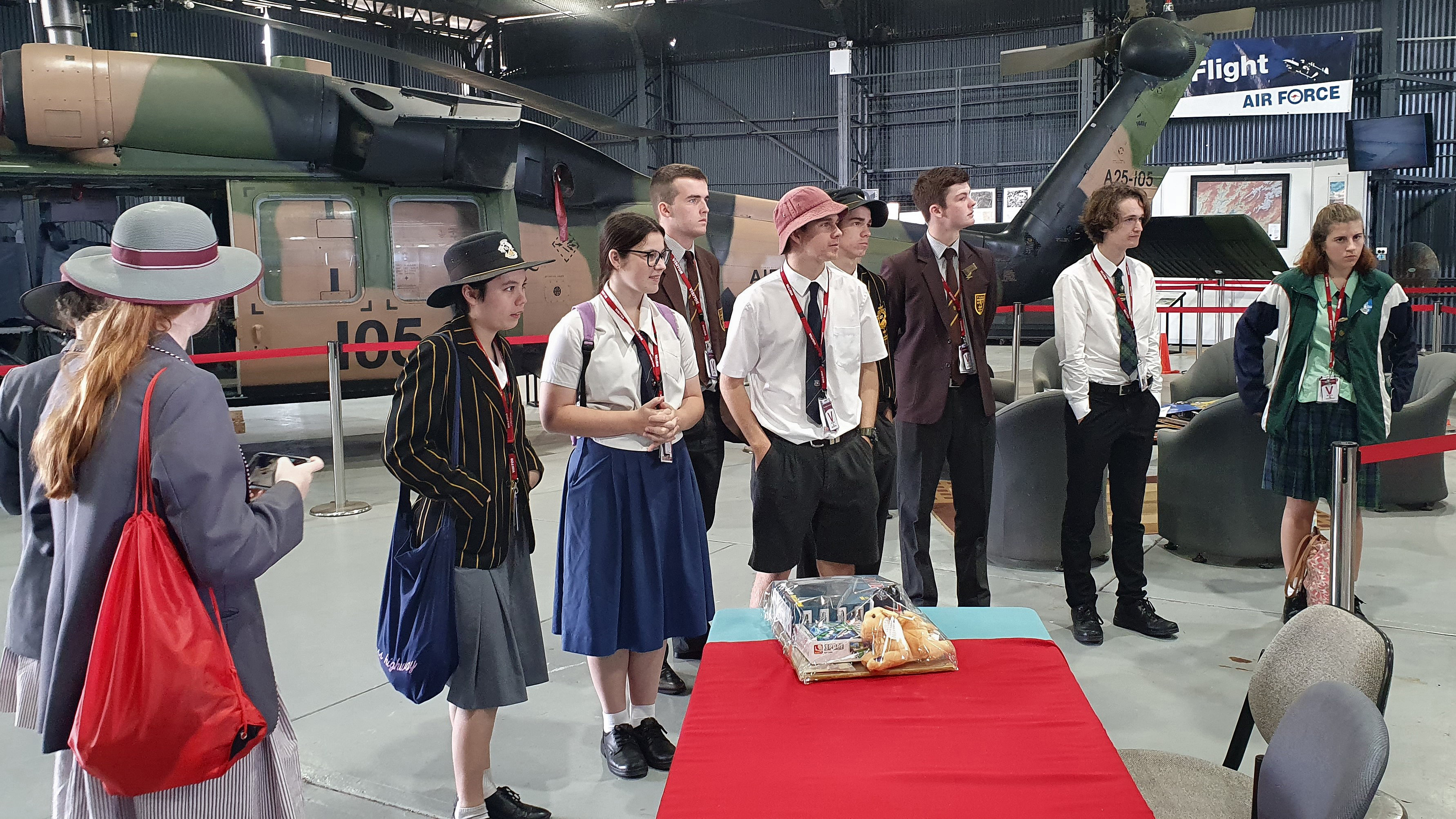
Learning all about the Canberra.
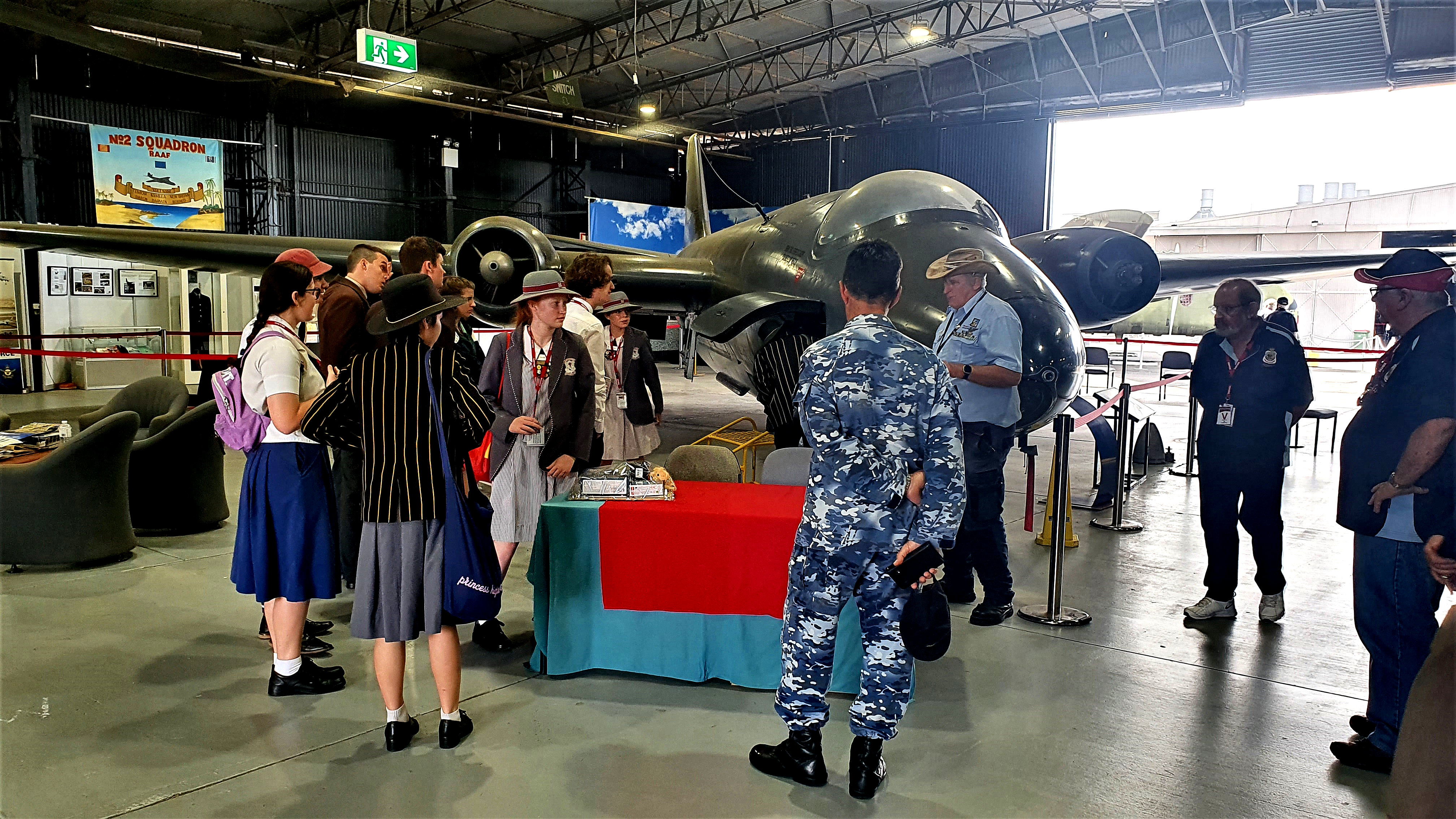
The English Electric Canberra was a British first-generation jet-powered medium bomber developed during the mid to late 1940s as a replacement to the de Havilland Mosquito fast bomber. In 1950 it was named Canberra after the national capital as Australia was the aircraft’s first export customer.
From an Australian perspective, the Canberra replaced the piston-engined Avro Lincoln heavy bomber. The aircraft were built under licence by the Government Aircraft Factory (GAF). Additionally, the Commonwealth Aircraft Corporation (CAC) built its Rolls-Royce Avon engines in Australia. RAAF Canberras achieved some national fame In 1953 when A84-201 and 202 participated in that year’s England to New Zealand Air Race, A84-201 finishing a close second outright to a RAF Canberra. Long-distance flights were a feature of early RAAF Canberra operations. including goodwill trips to the USA.
Canberras from No 2 Squadron became the first Australian jet bombers to perform combat sorties in September 1958 attacking guerrillas in Northern Malaya during the Malayan Emergency. Nine years later, the Squadron was sent to Vietnam as part of Australia’s large commitment to the Vietnam War, remaining there until June 1971. and in the meantime achieving an enviable record flying what was by then regarded by many as an obsolete bomber. Operating as part of the US Air Force’s 35th Tactical Fighter Wing, No 2 Squadron’s Canberras flew just six per cent of the Wing’s sorties but inflicted 16 per cent of the damage. Overall, 11,963 sorties were flown in Vietnam, 76,389 bombs dropped and two aircraft lost
No 2 Squadron was the last RAAF operational Canberra unit continuing to fly the aircraft well past their planned retirement date. Equipped with survey cameras, No 2 Squadron Canberras completed many cartographic surveys in co-operation with the Australian Army Survey Corps over Central and Northern Australia. Papua New Guinea, and Indonesia (Irian Jaya and Sumatra).
The Canberra’s distinguished RAAF career officially ended on 30 June 1982 when No 2 Squadron flew four aircraft over Brisbane and surrounding areas in a farewell fly- past.
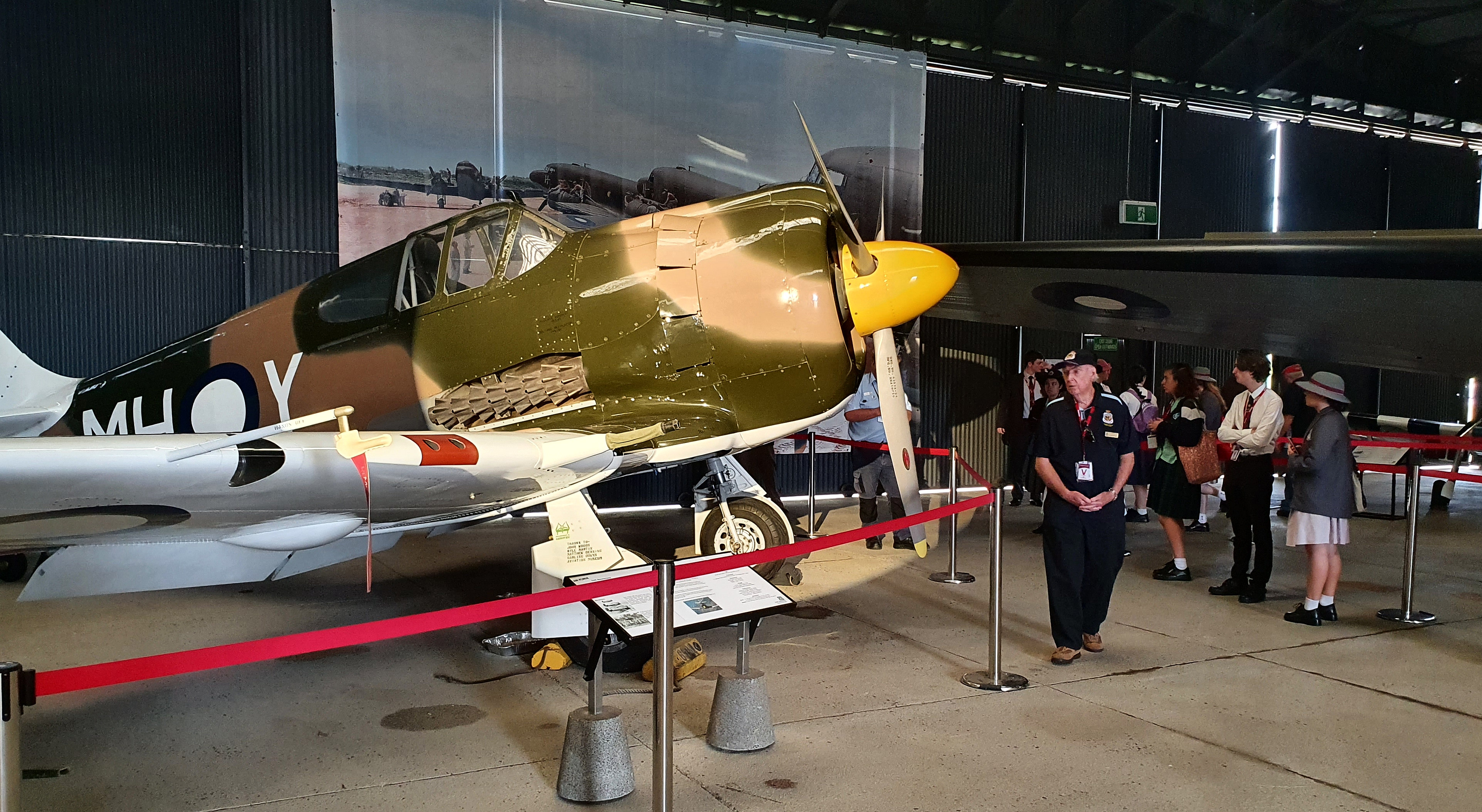
The Boomerang. (Wal Bellamy thinking "working on this thing this would be an Instrument Fitter's dream - Alt, IVSI and a clock!")
When Japan entered World War Il in 1941. the RAAF had no front line fighter capable of defending Australia. A new aircraft had to be quickly designed and manufactured. Using only parts that were readily available (including many from the CAC Wirraway aircraft) and parts that were accessible in Australia, production of the CA-12 Boomerang (nicknamed the panic fight) was achieved in just 16 ½ weeks from drawing board to initial test flight. A truly remarkable feat! Designed as a World War II interceptor, the Boomerang had a good rate of climb and manoeuvrability, fitted with the most powerful engine in Australia at the time.
First contact with the enemy was made in Papua New Guinea (PNG) on 16 May 1943 by aircraft from No 84 Squadron that successfully intercepted three Japanese Betty Bombers. Boomerangs went on to conduct strikes throughout PNG, Borneo, and the Solomon Islands.
At the end of World War II the Boomerangs were withdrawn from service with the majority destroyed. This aircraft ended up at No 6 Aircraft Depot, RAAF Oakey where it was purchased by a local farmer for spare parts.
On 27 July 1944, this aircraft was received by 83 Squadron from No 1 Aircraft Depot, coded MH-Y and named ‘Millingimbi Ghost’ with a ghost figure firing at a Japanese plane aft of the cowl.
The aircraft served with 83 Squadron until placed in storage at No 6 Aircraft Depot, Oakey, QLD on 28 March 1945. In 1946 the aircraft was authorised for write off and subsequently disposed.
In 1990, A46-206 was restored to airworthiness standard by Saunders Aviation and Guido Zuccoli with the assistance of local enthusiasts in and around Toowoomba and members of the Darling Downs Aviation Museum. Guido helped establish the Australian Warbird movement.
The aircraft was re-registered as VH-BOM. In 1992. Boomerang A46-206 became the first Boomerang fighter to fly over Australia since the end of World War Il. Mrs Lynette Zuccoli donated this aircraft to the Australian Army Flying Museum. Oakey in May 2007, in memory of her late husband Guido and also the many World War Il pilots who flew this type of aircraft.
The aircraft arrived at RAAF Amberley Aviation Heritage Centre on 28 August 2018. It had a cruising speed of 305kph and a range of 1500km.
After the tour of the display hangars and the restoration hangar, it was time to head for the Airman’s mess for lunch.
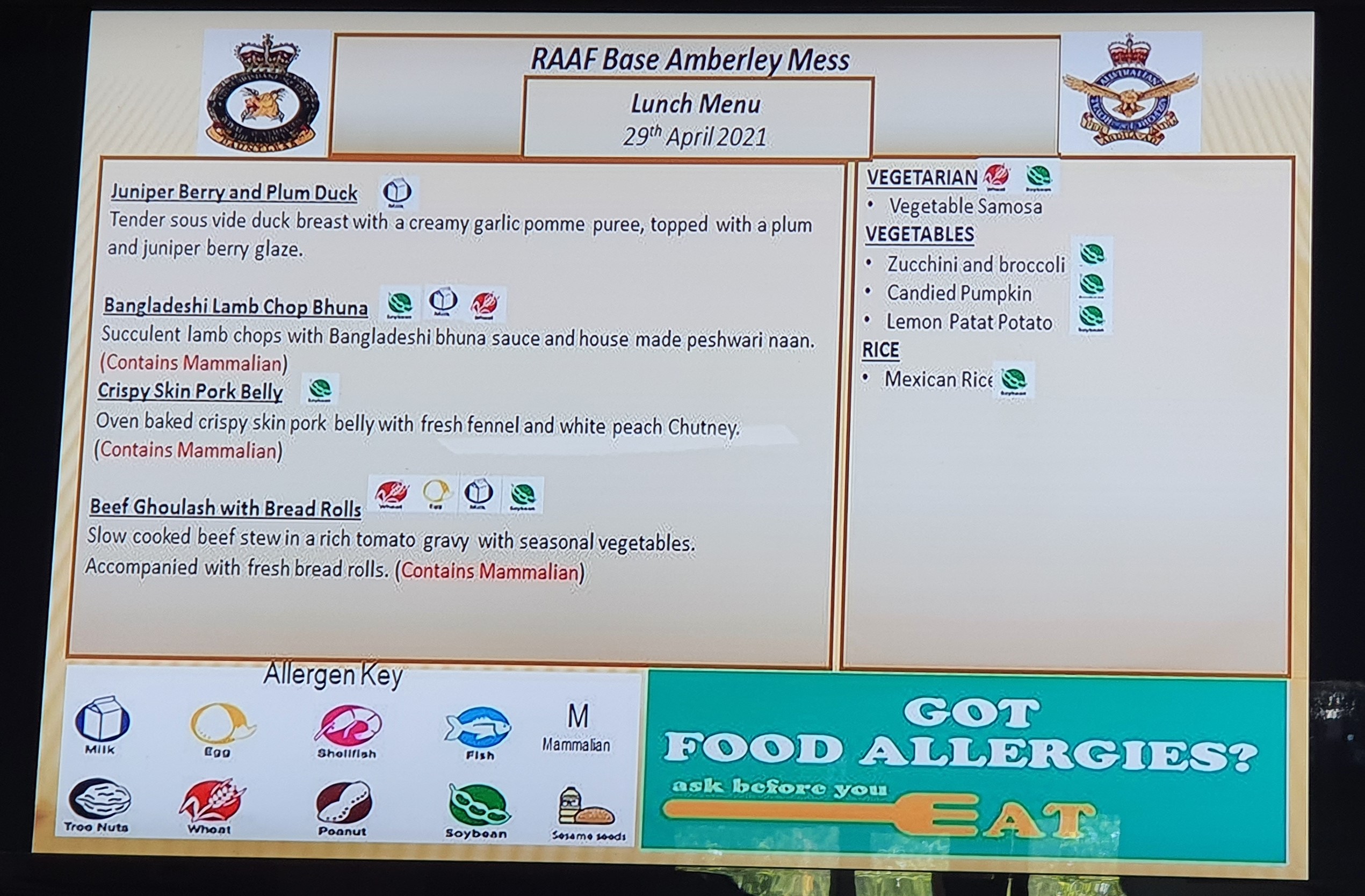
Things have certainly changed since the RAAF bait layers were replaced by people who seem to care that you're about to enjoy your meal and who even speak nicely to you. No more of: “We’re here to feed you, not fatten you – get going” as you walked along the Mess line, these days you are handed a plate at the end of the line with your food placed nicely on it, not slopped on as you walk by gingerly holding your plate out.
Though, in all fairness, back in the 70’s the food was pretty good, no one went hungry and many an Army bloke would have swapped places with you at the drop of a hat.
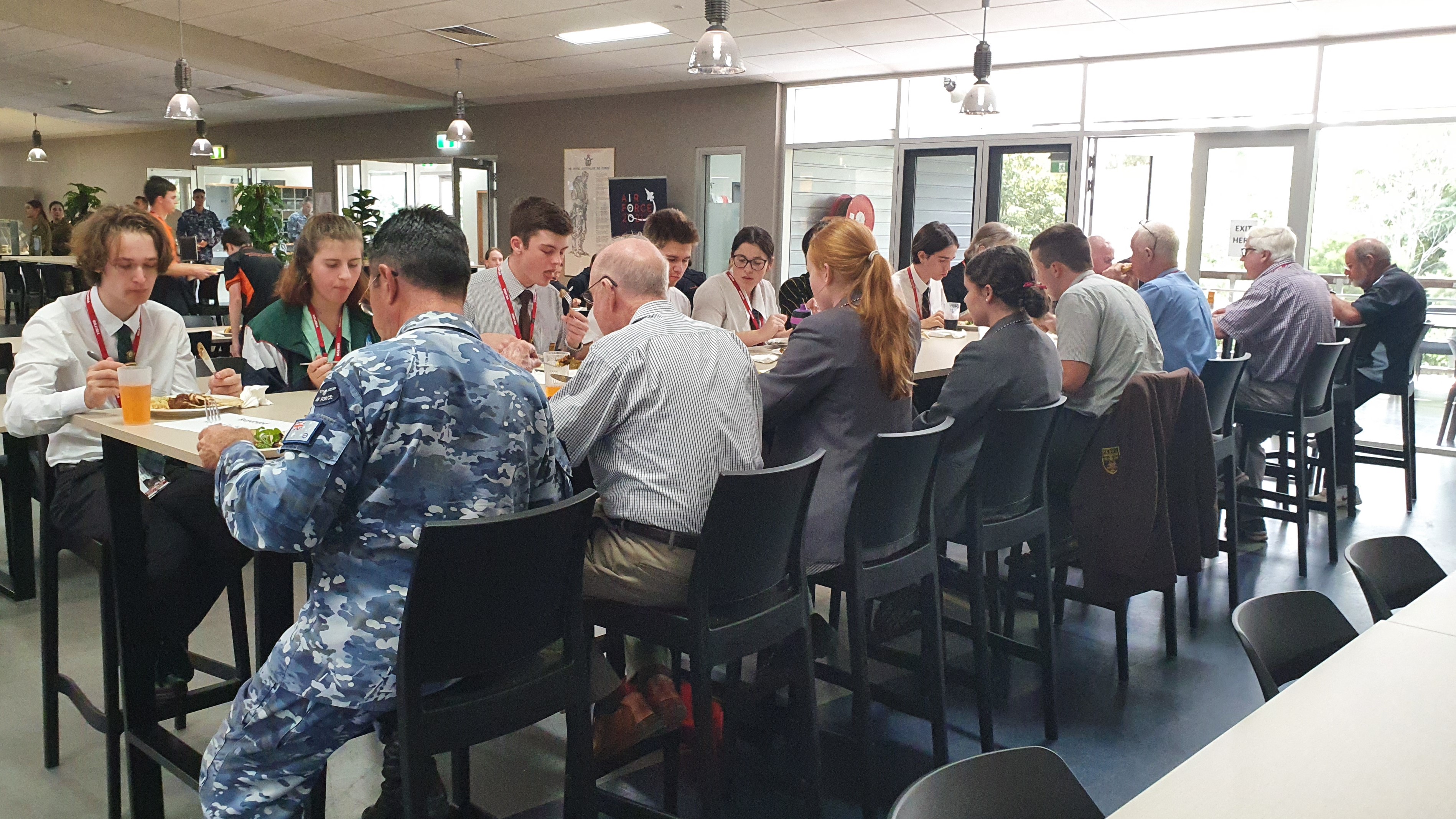
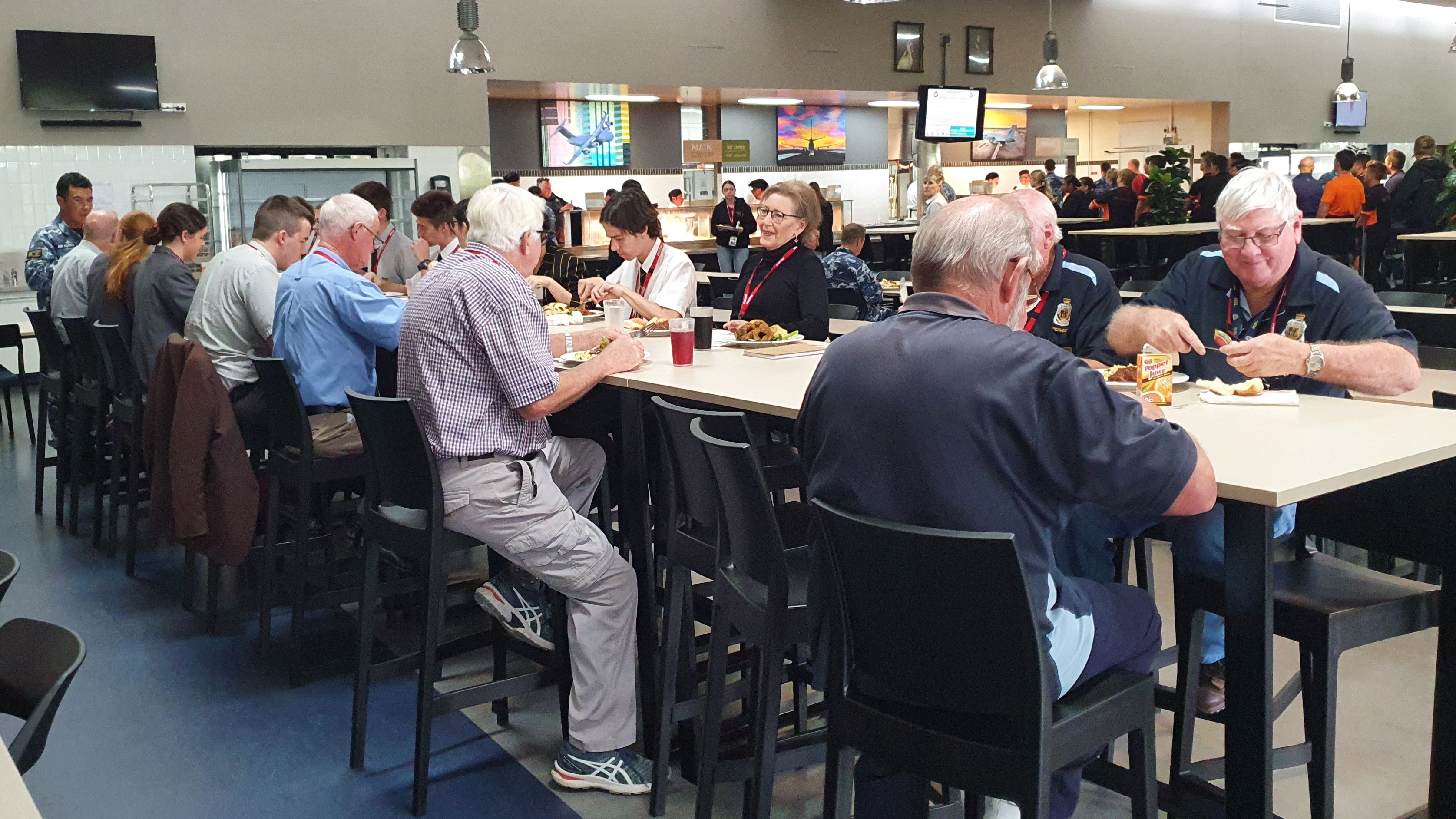
After lunch it was nearly time to go home. Our chaperone gave us a windscreen tour of the Base, which these days is huge, then it was surrender your passes at the gate, onto the bus and the drive back to the Club.

